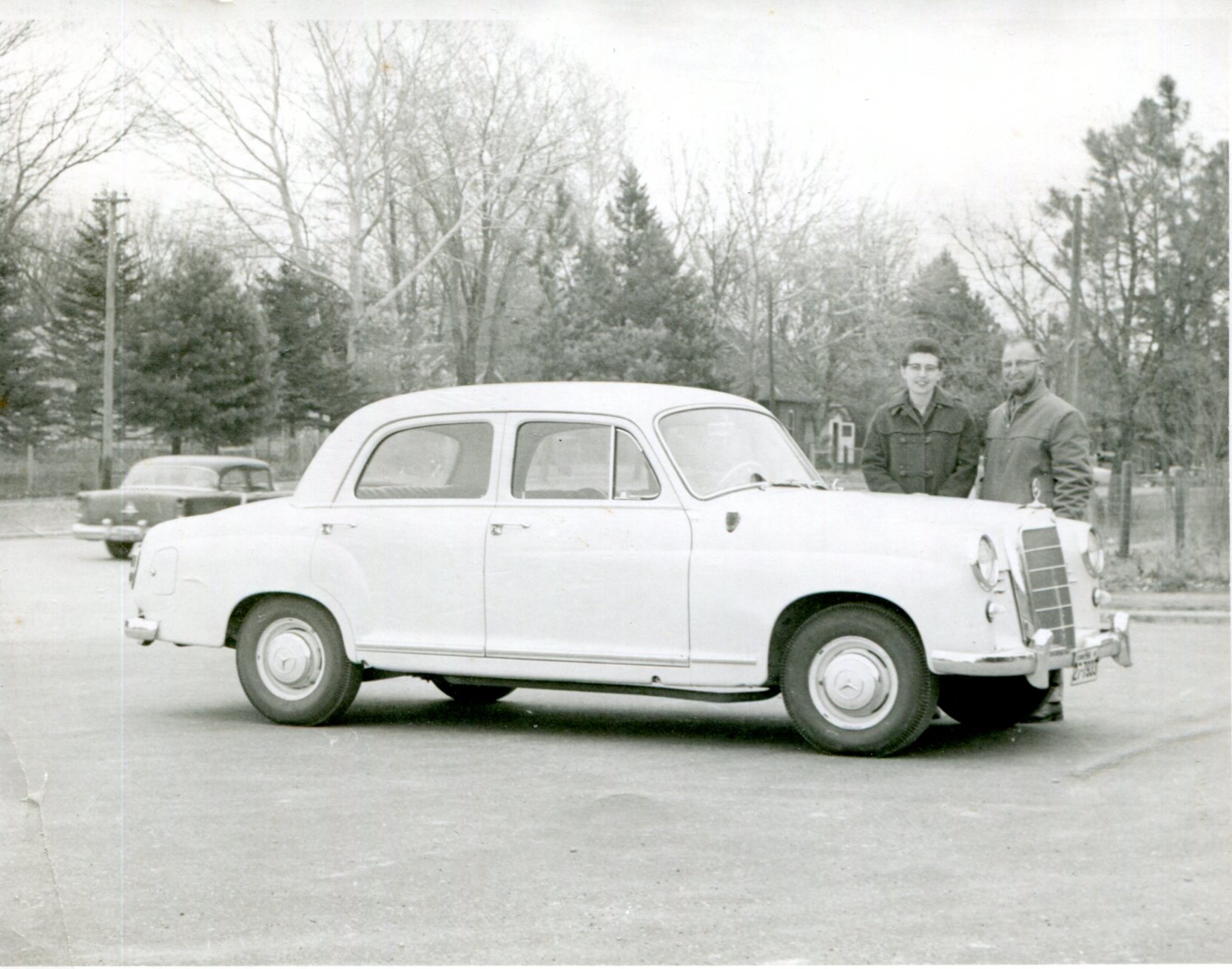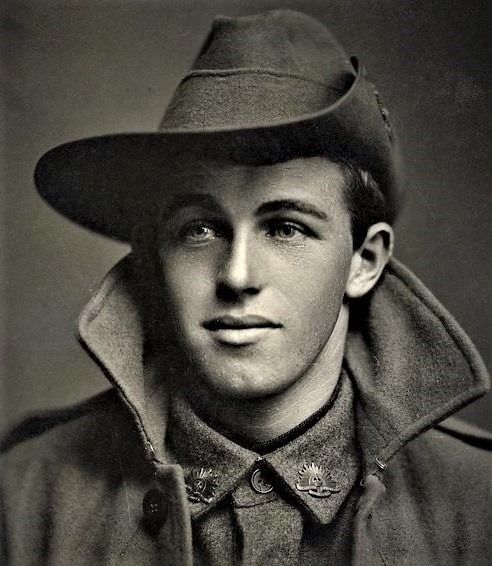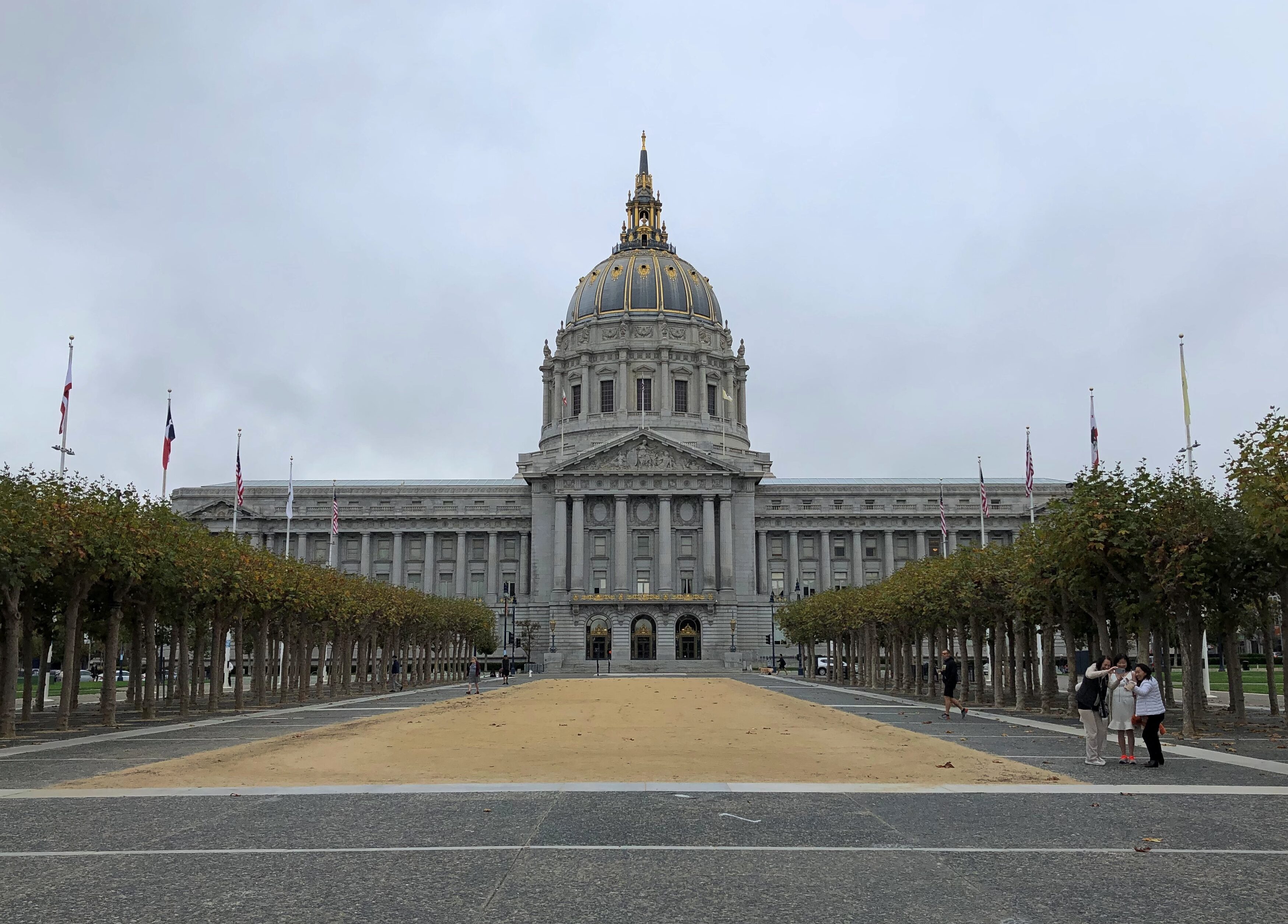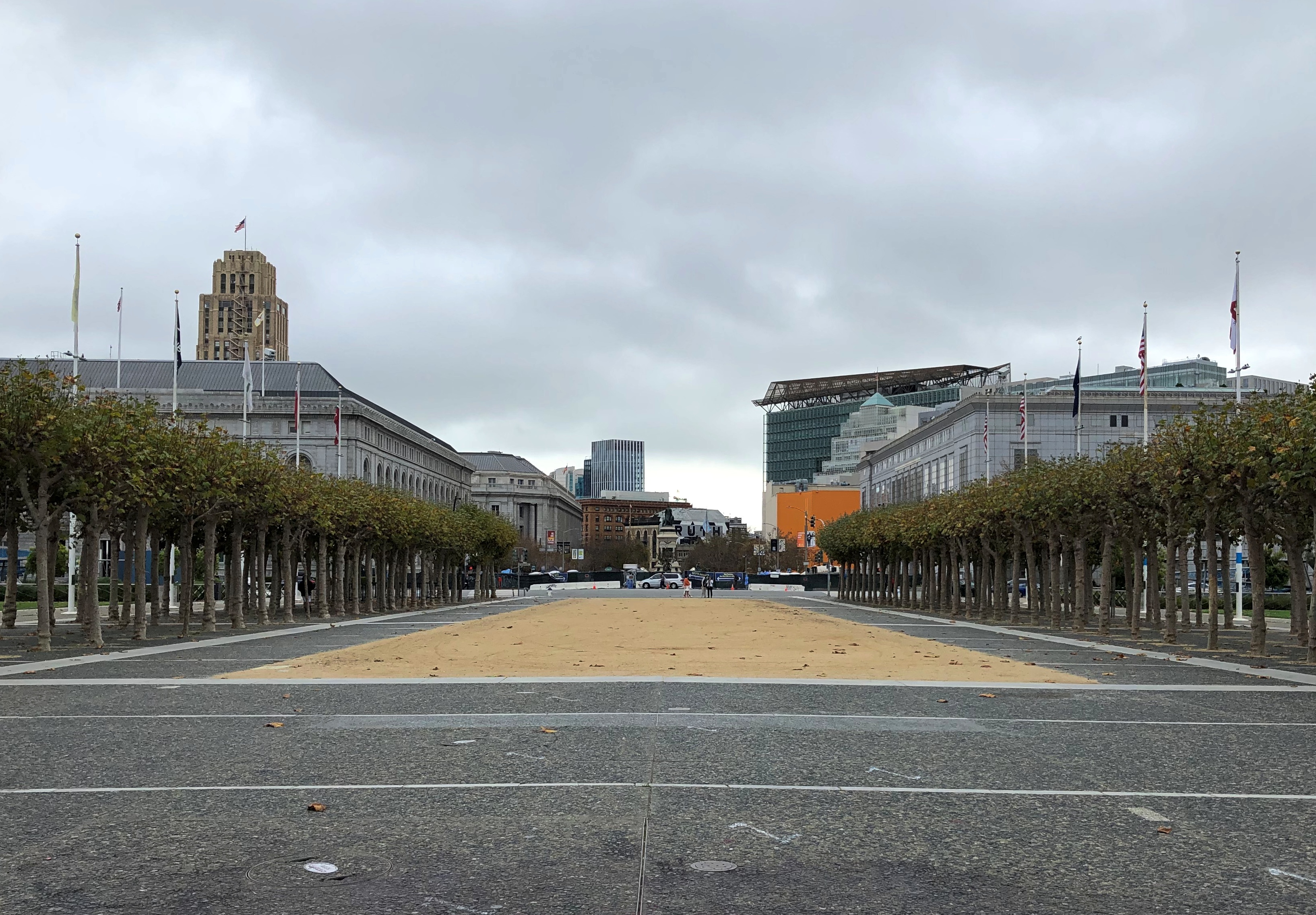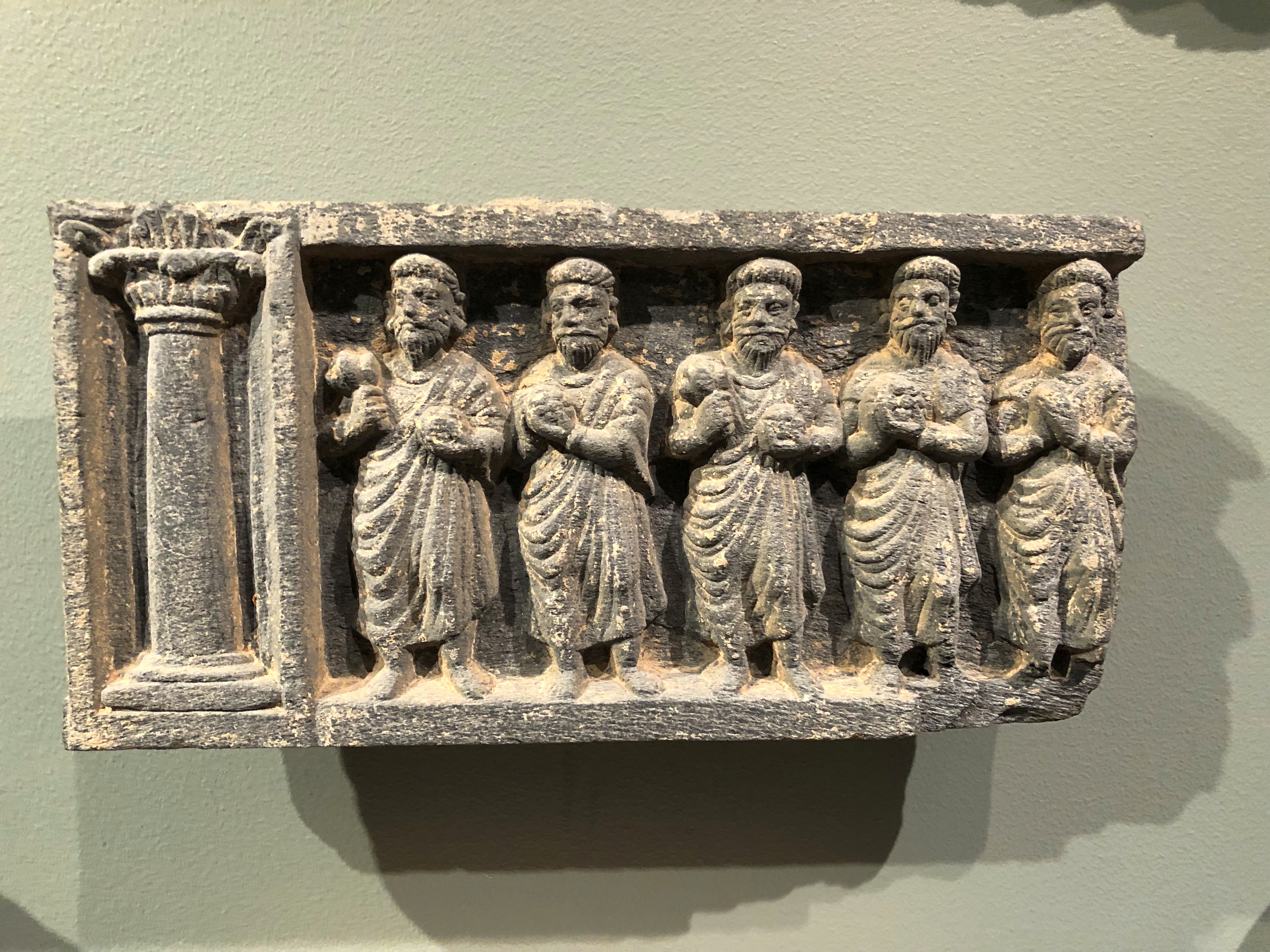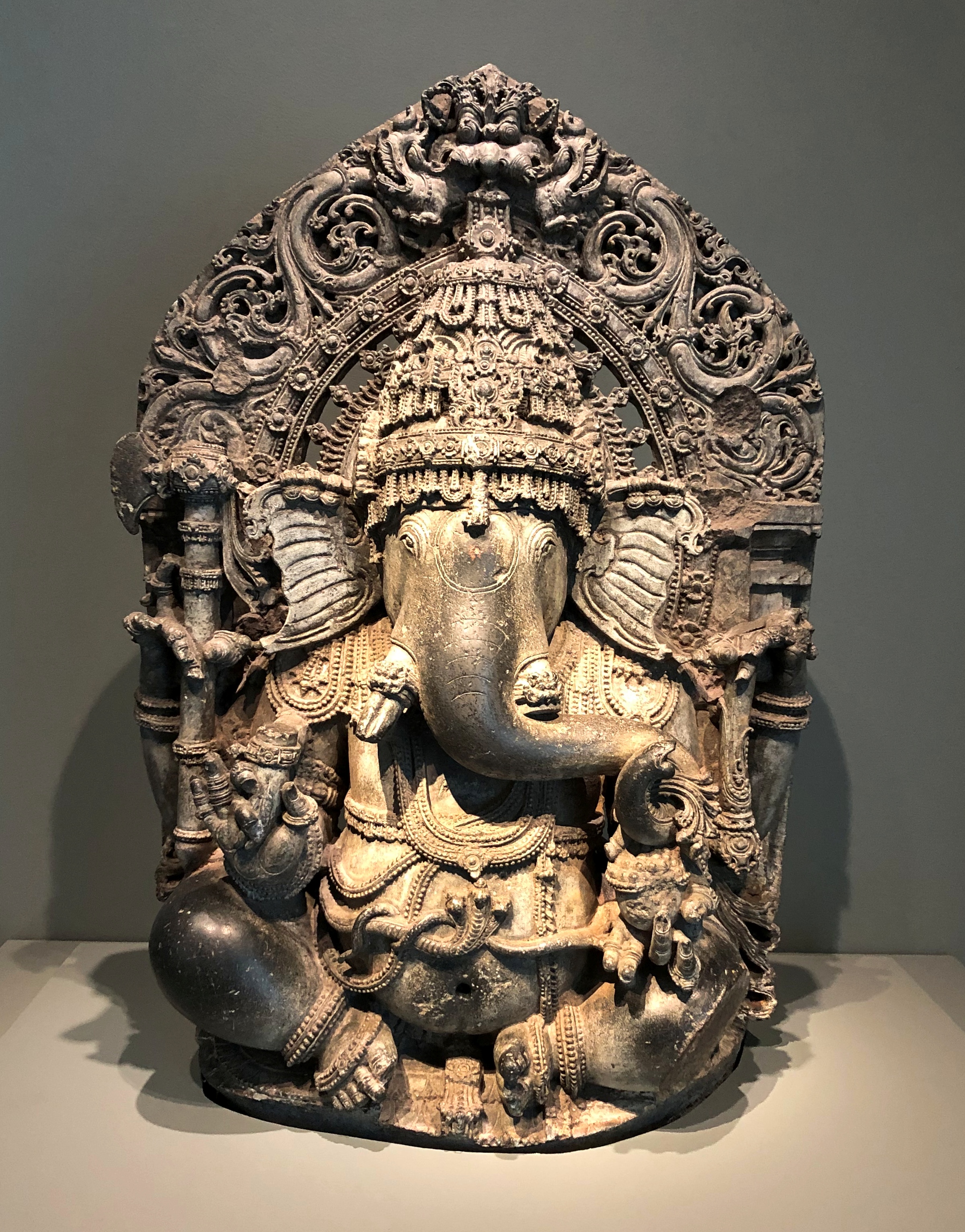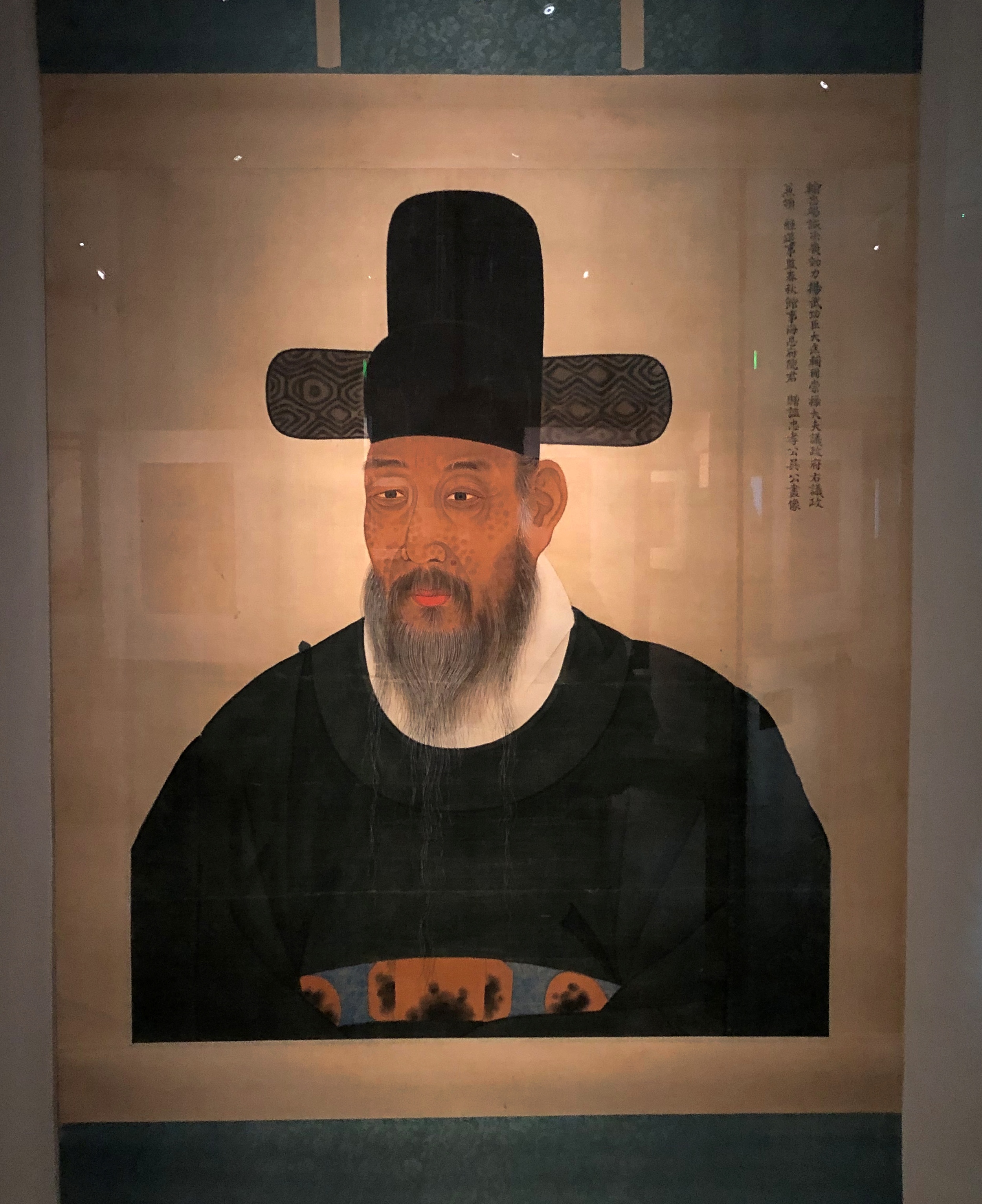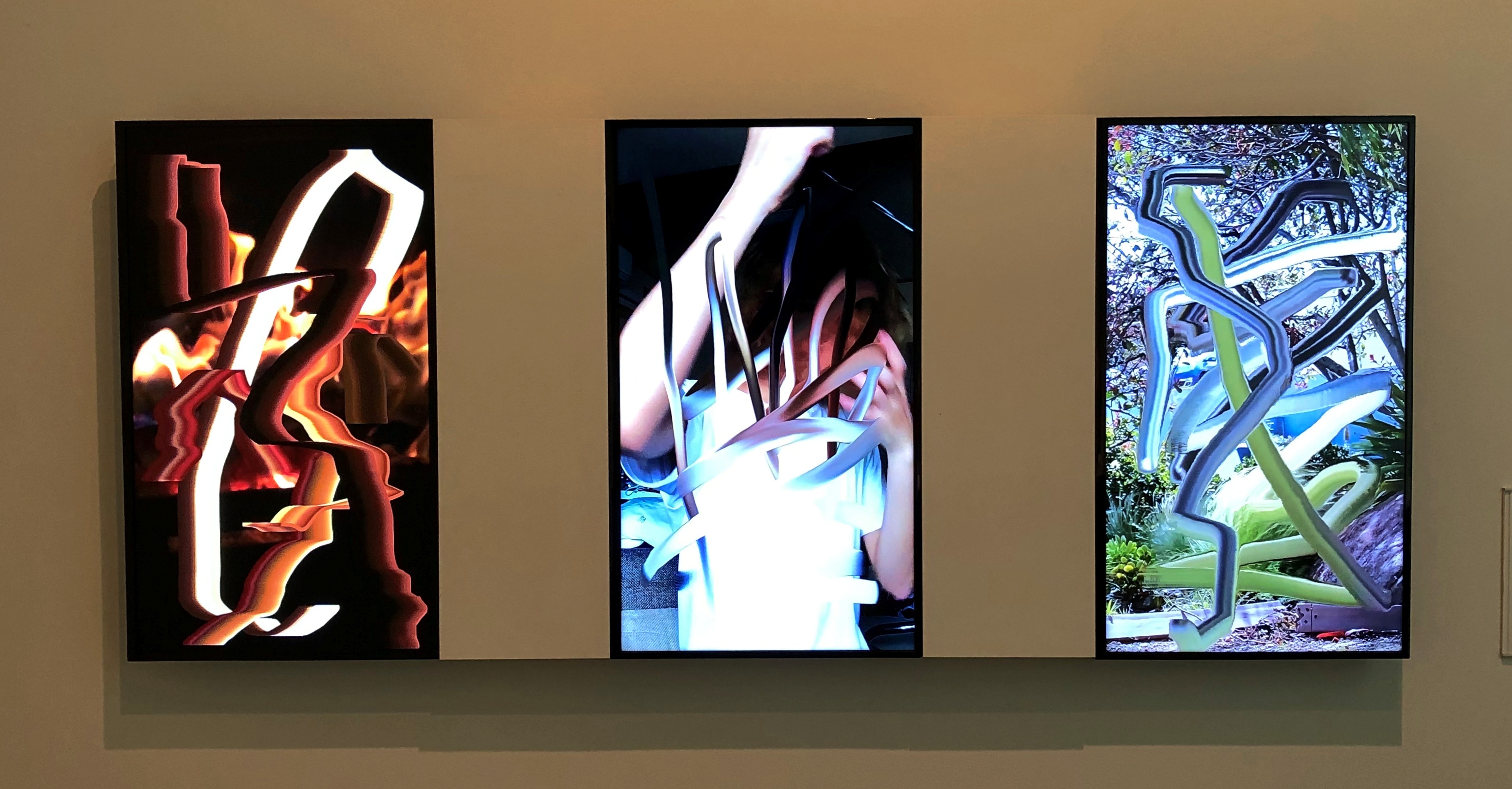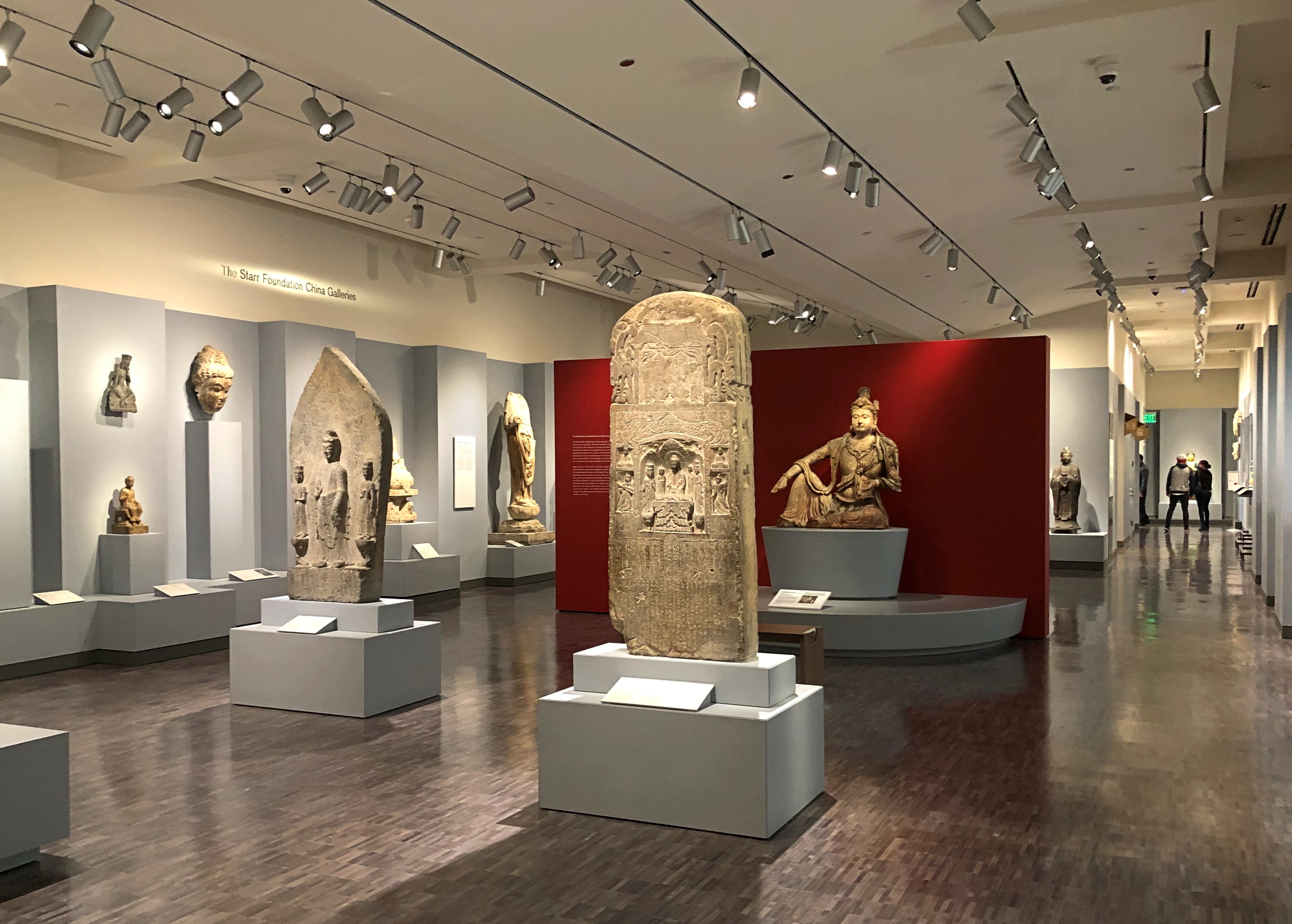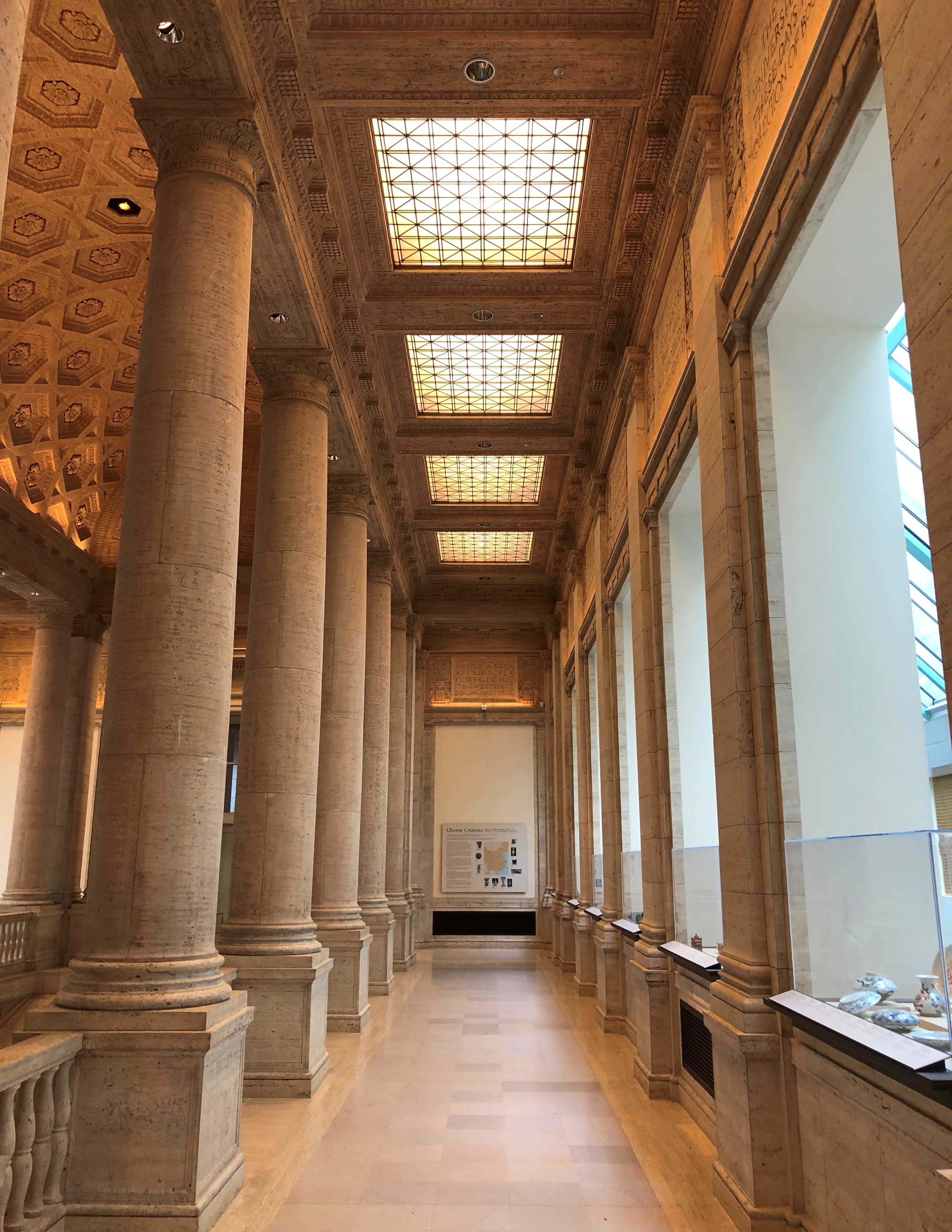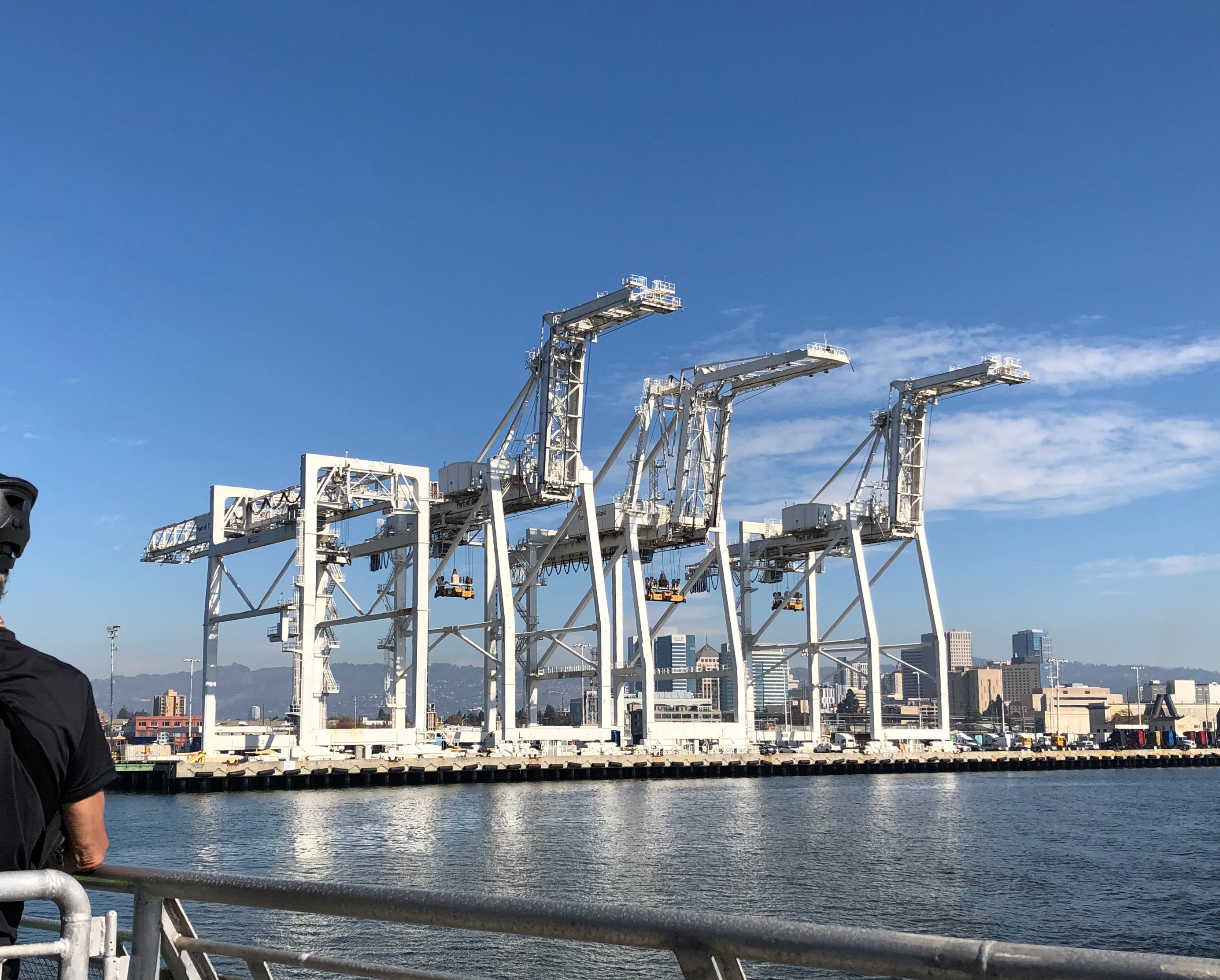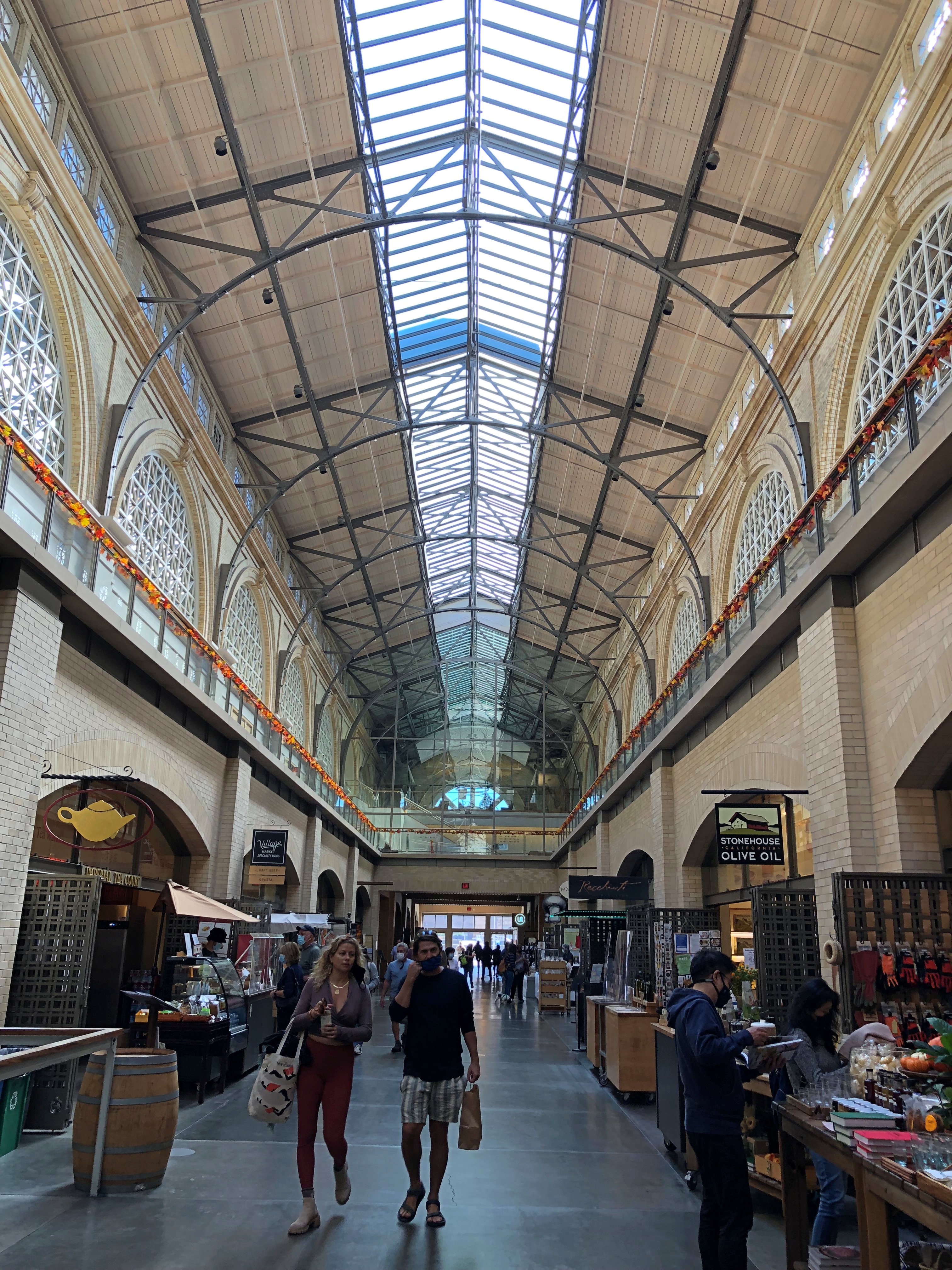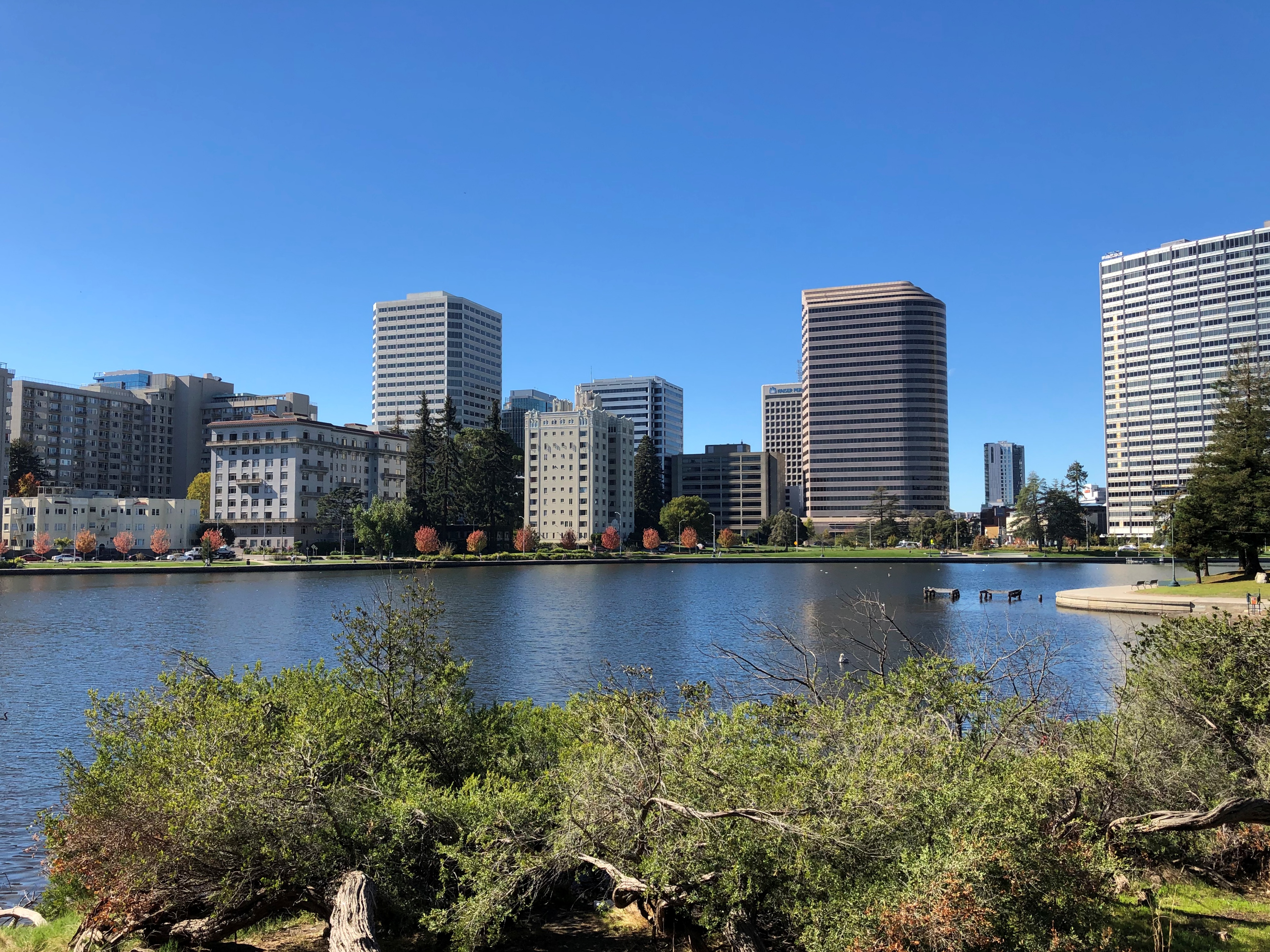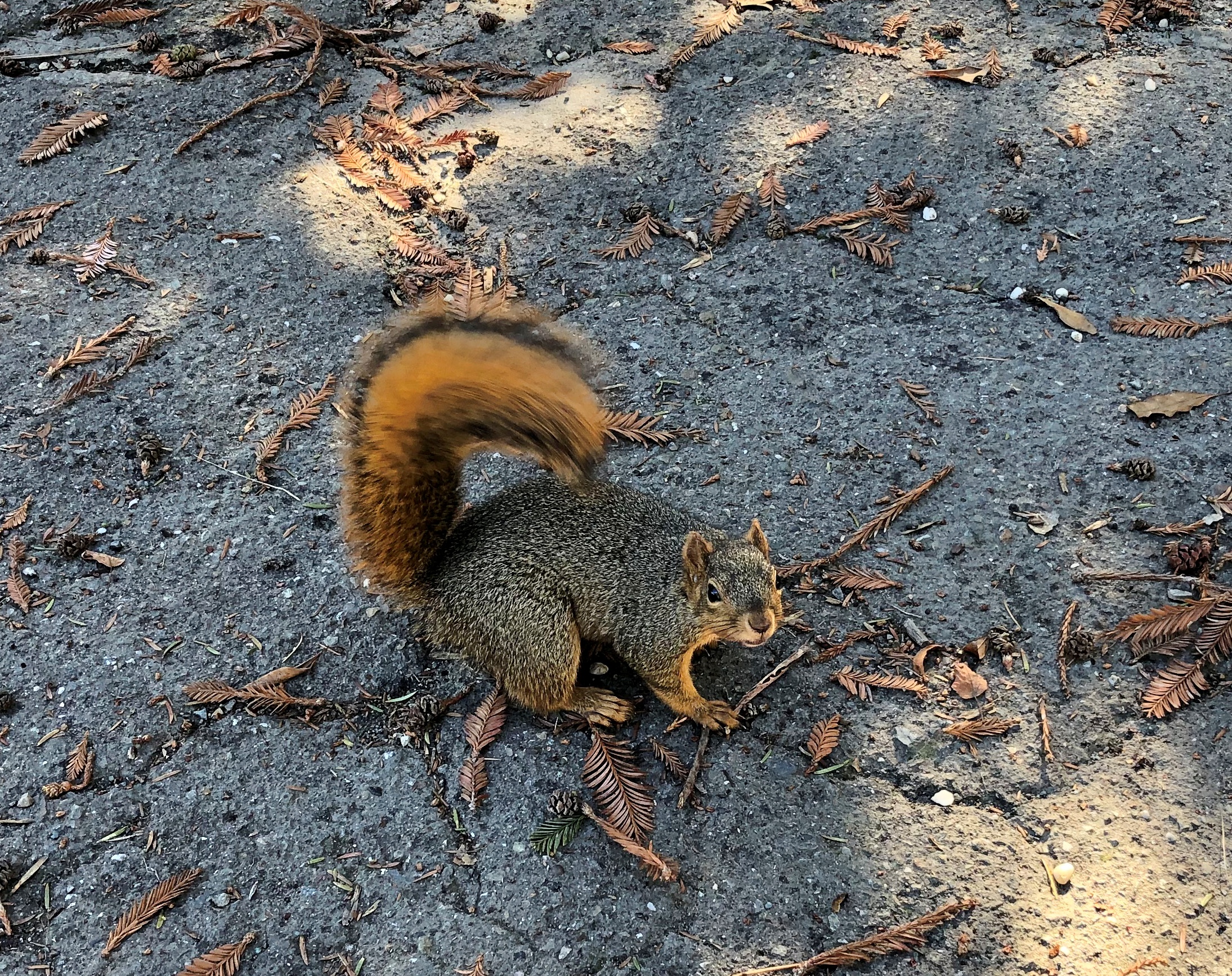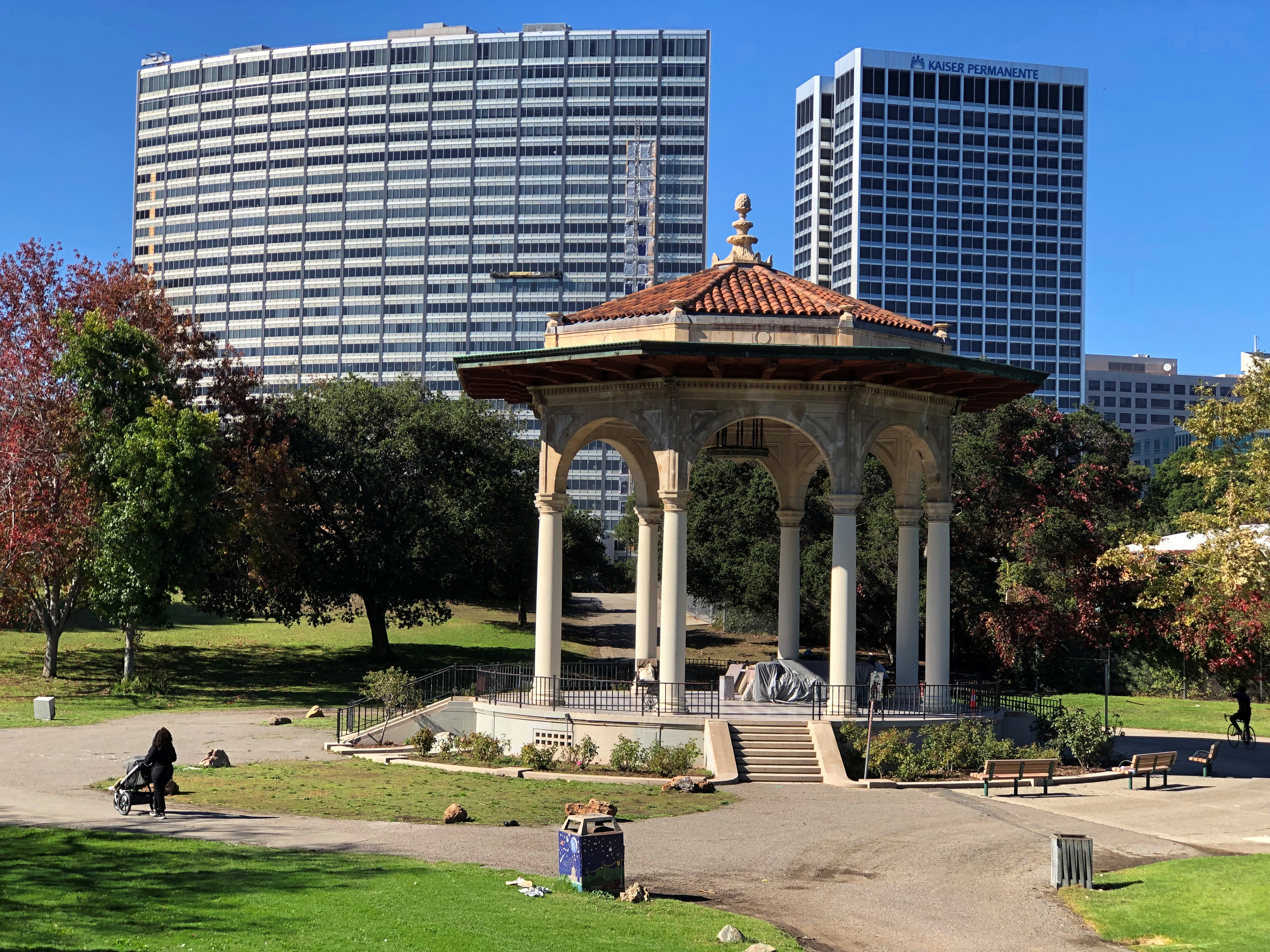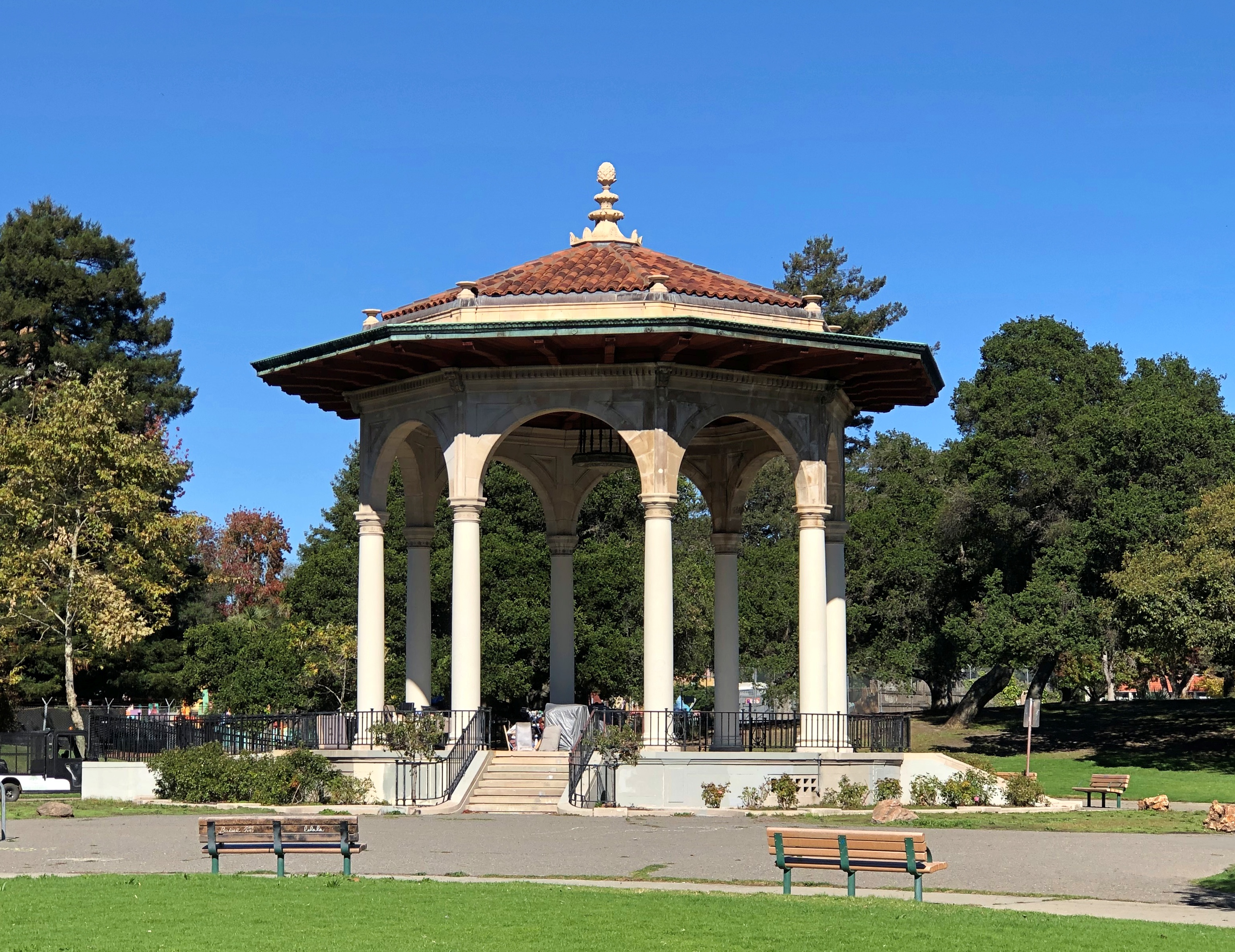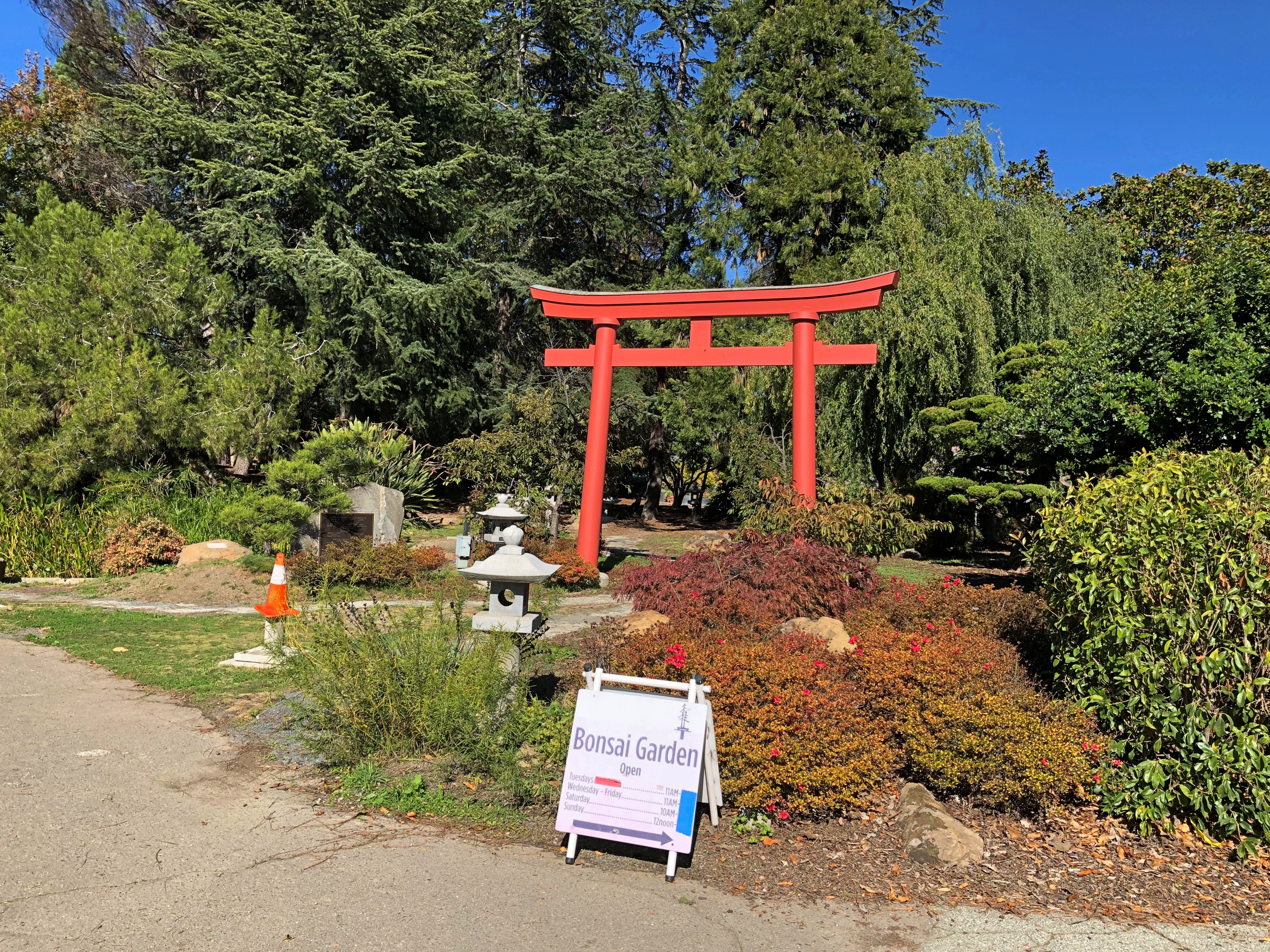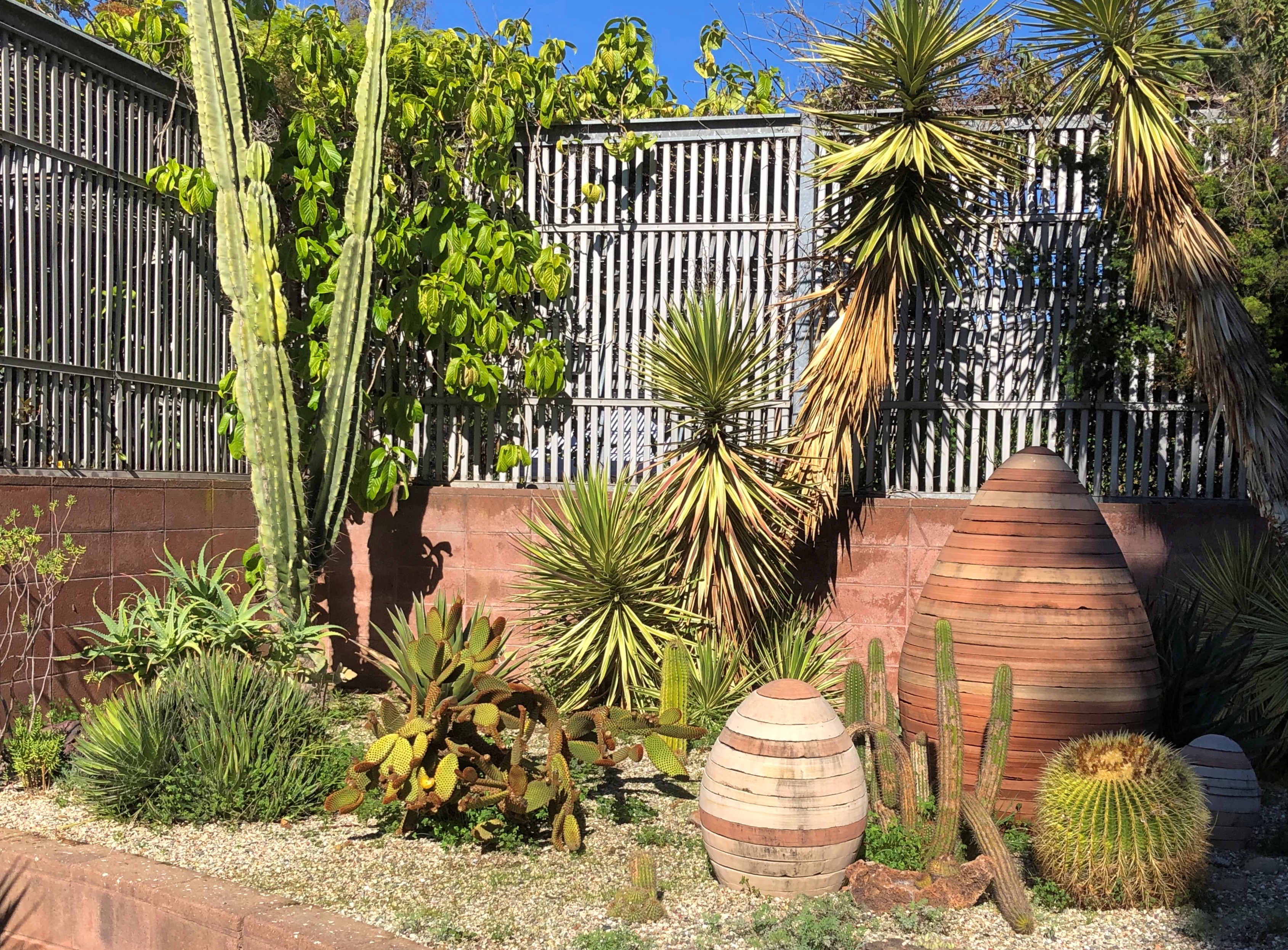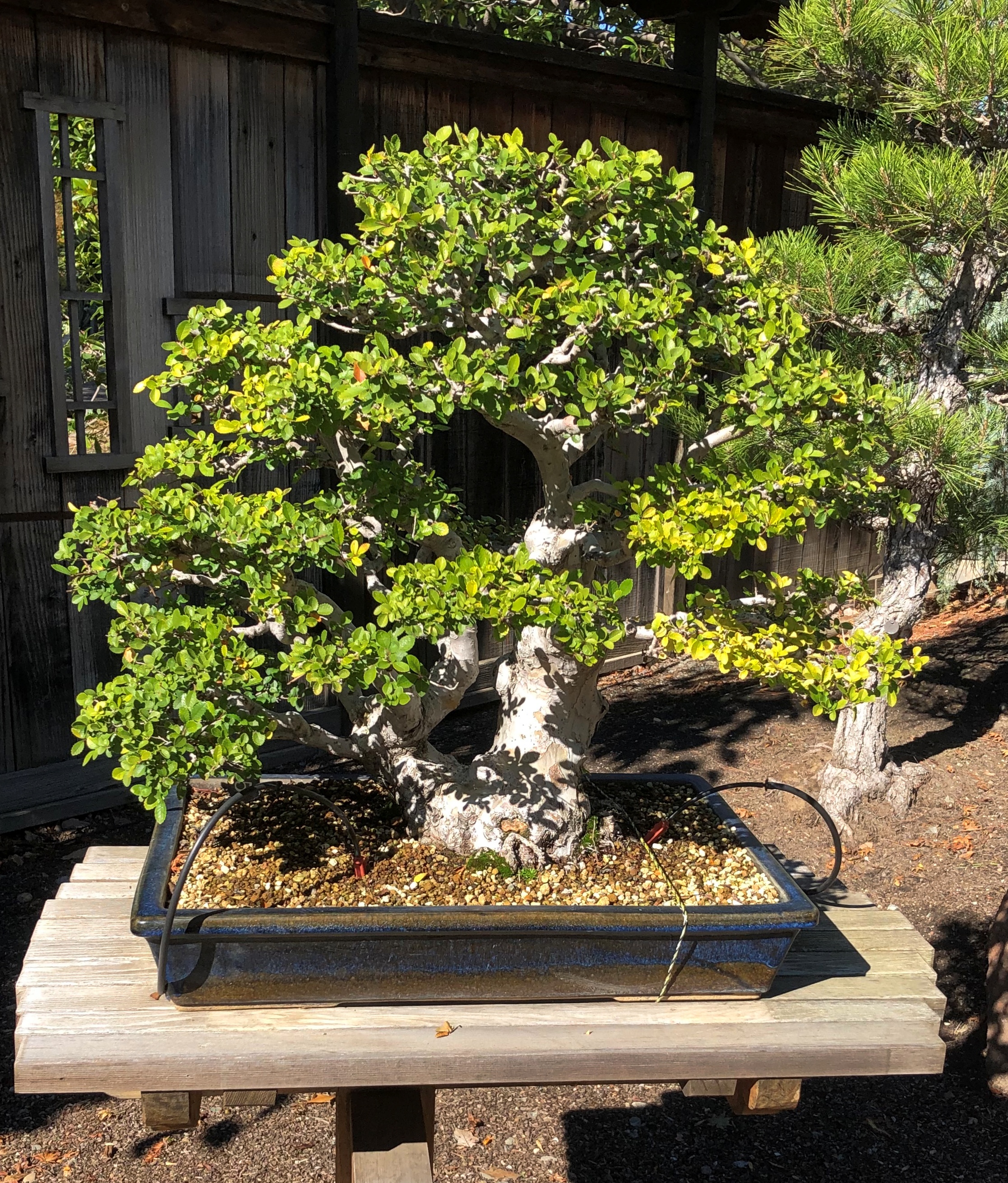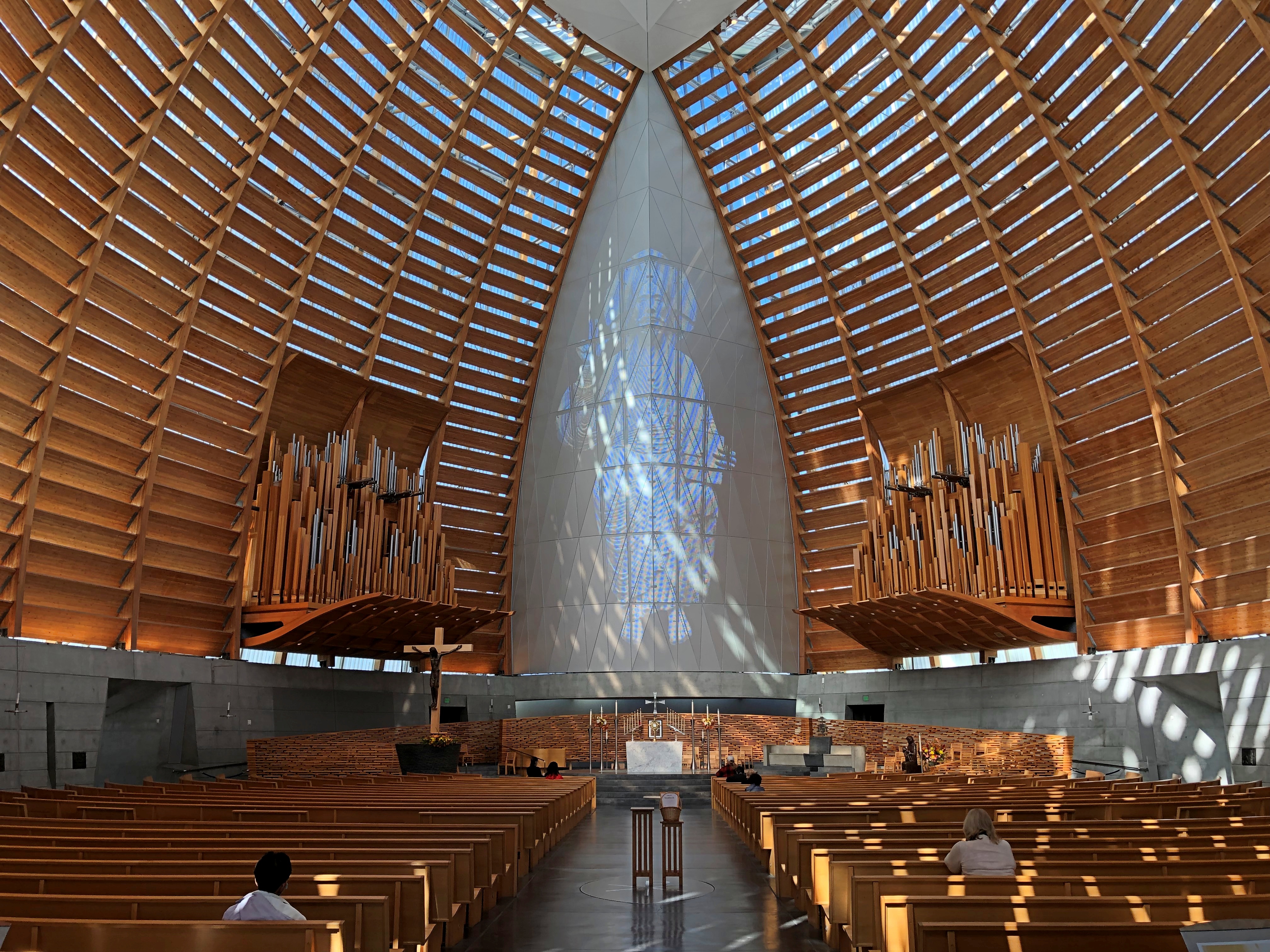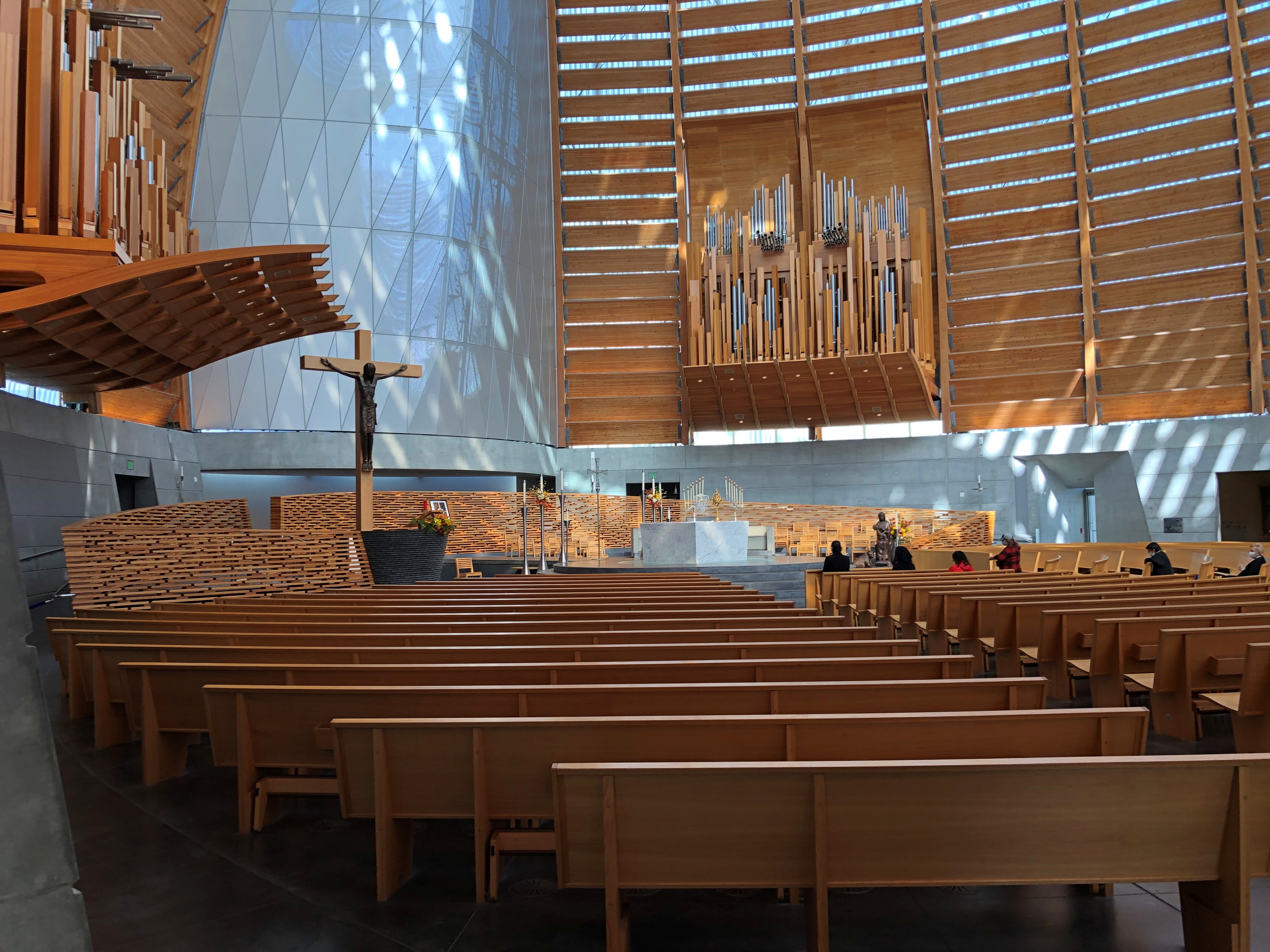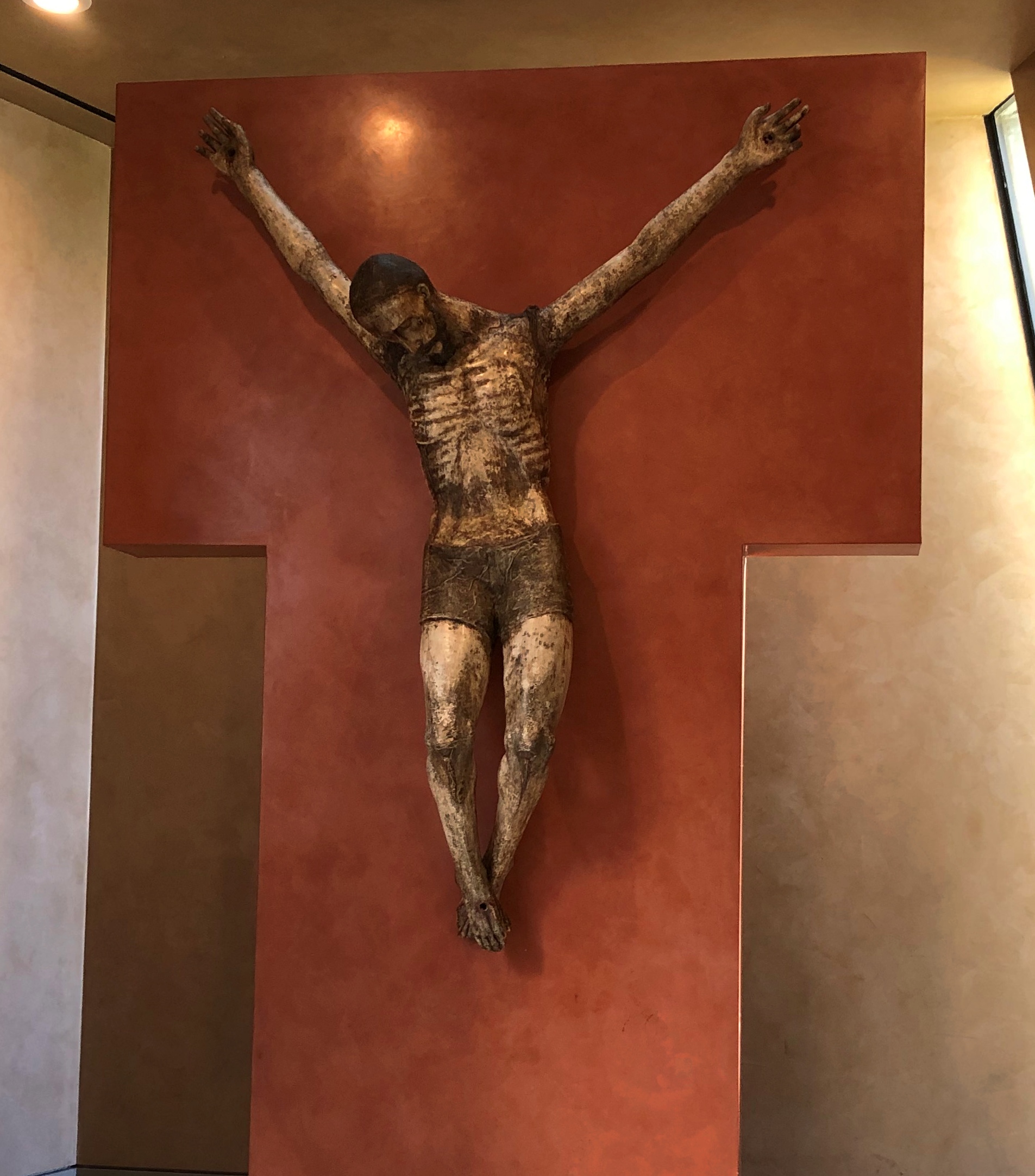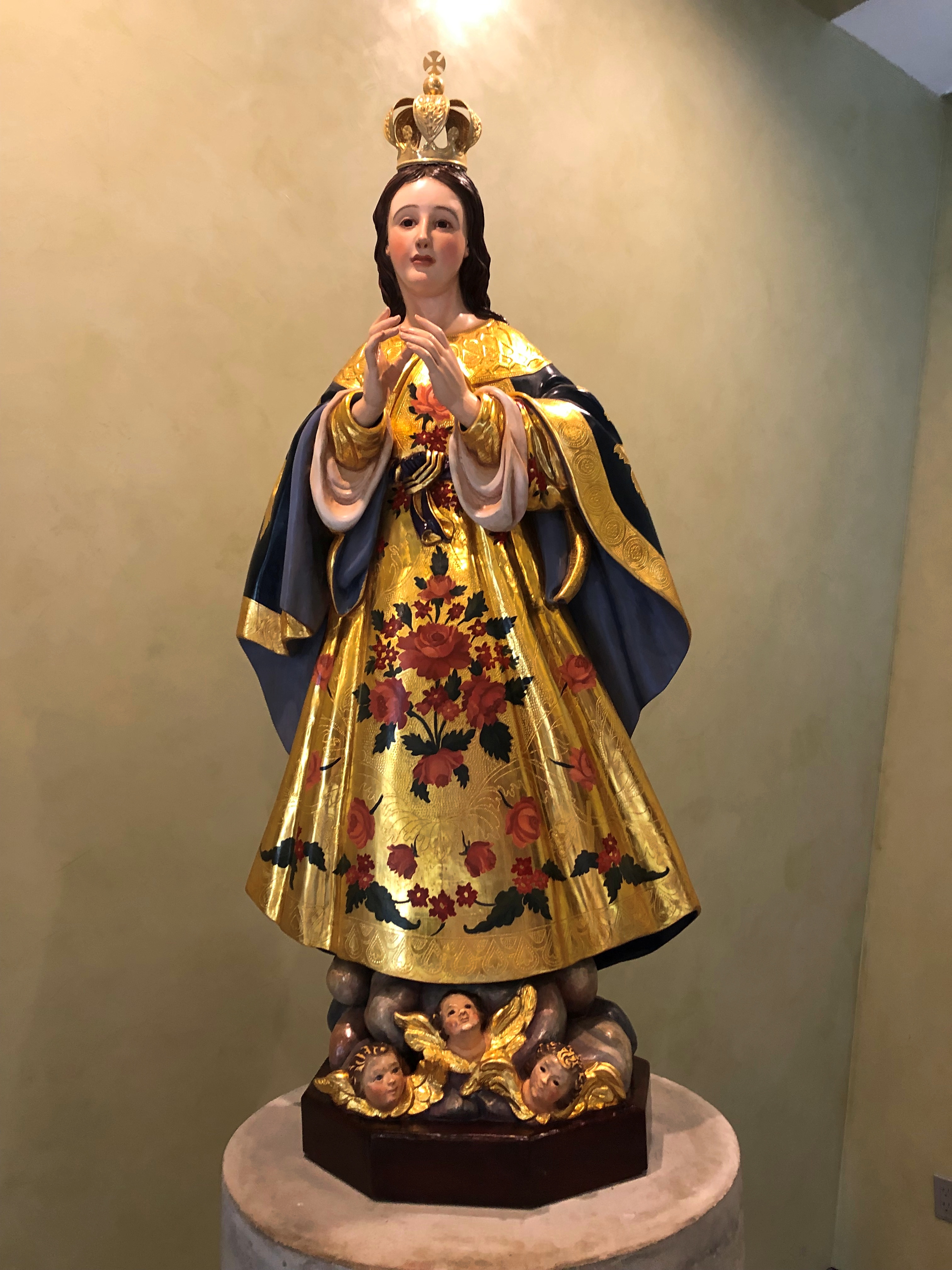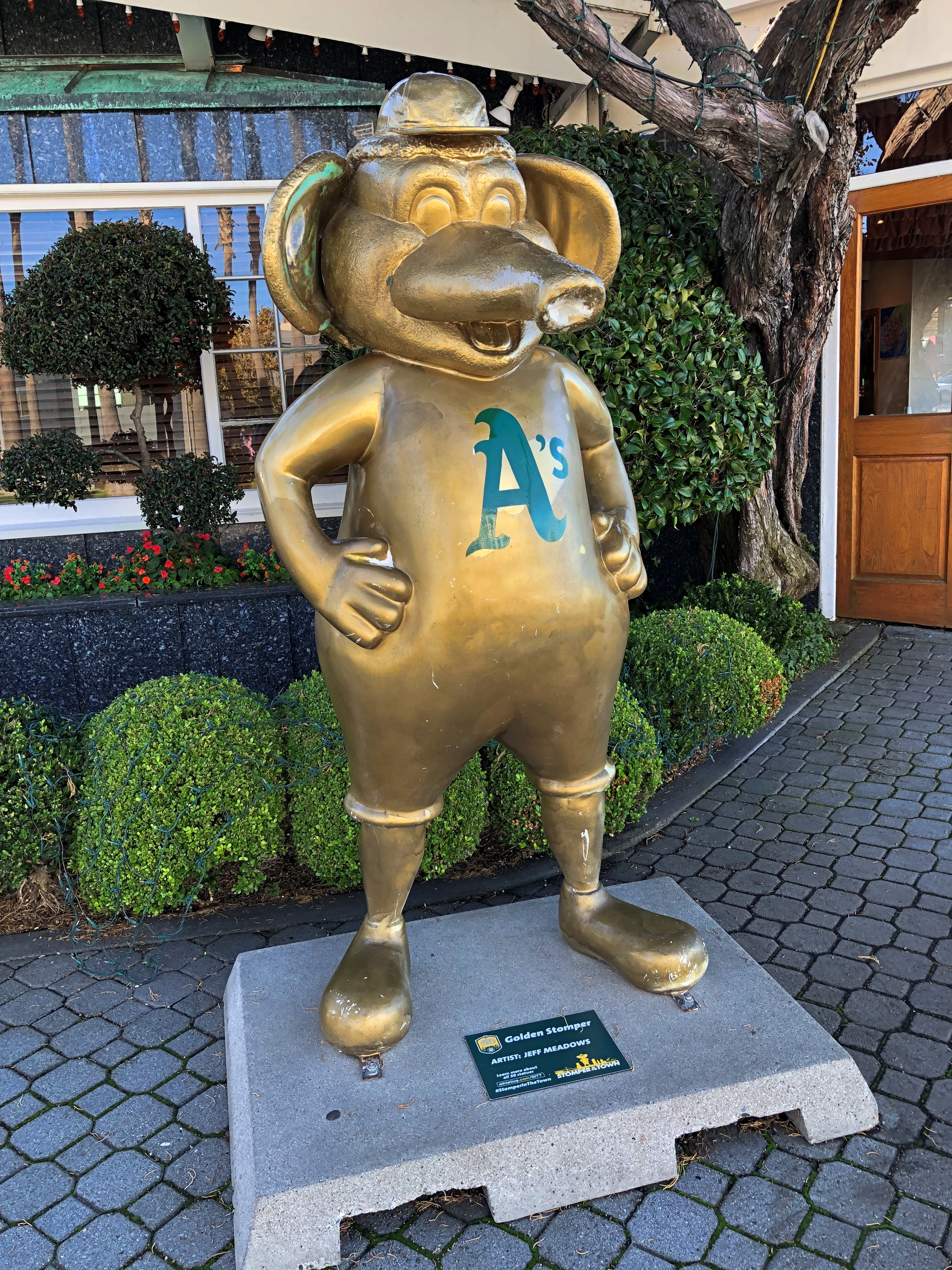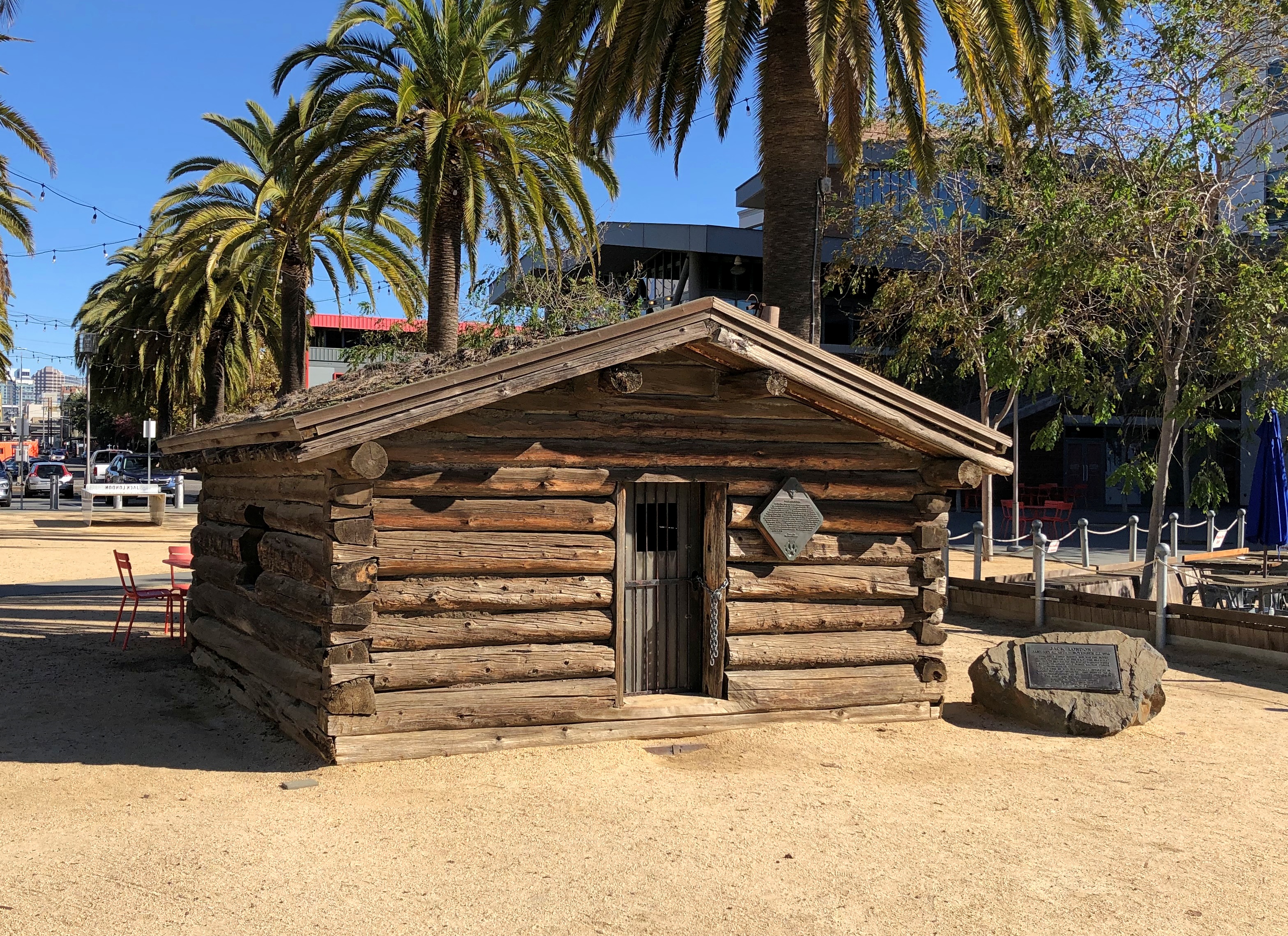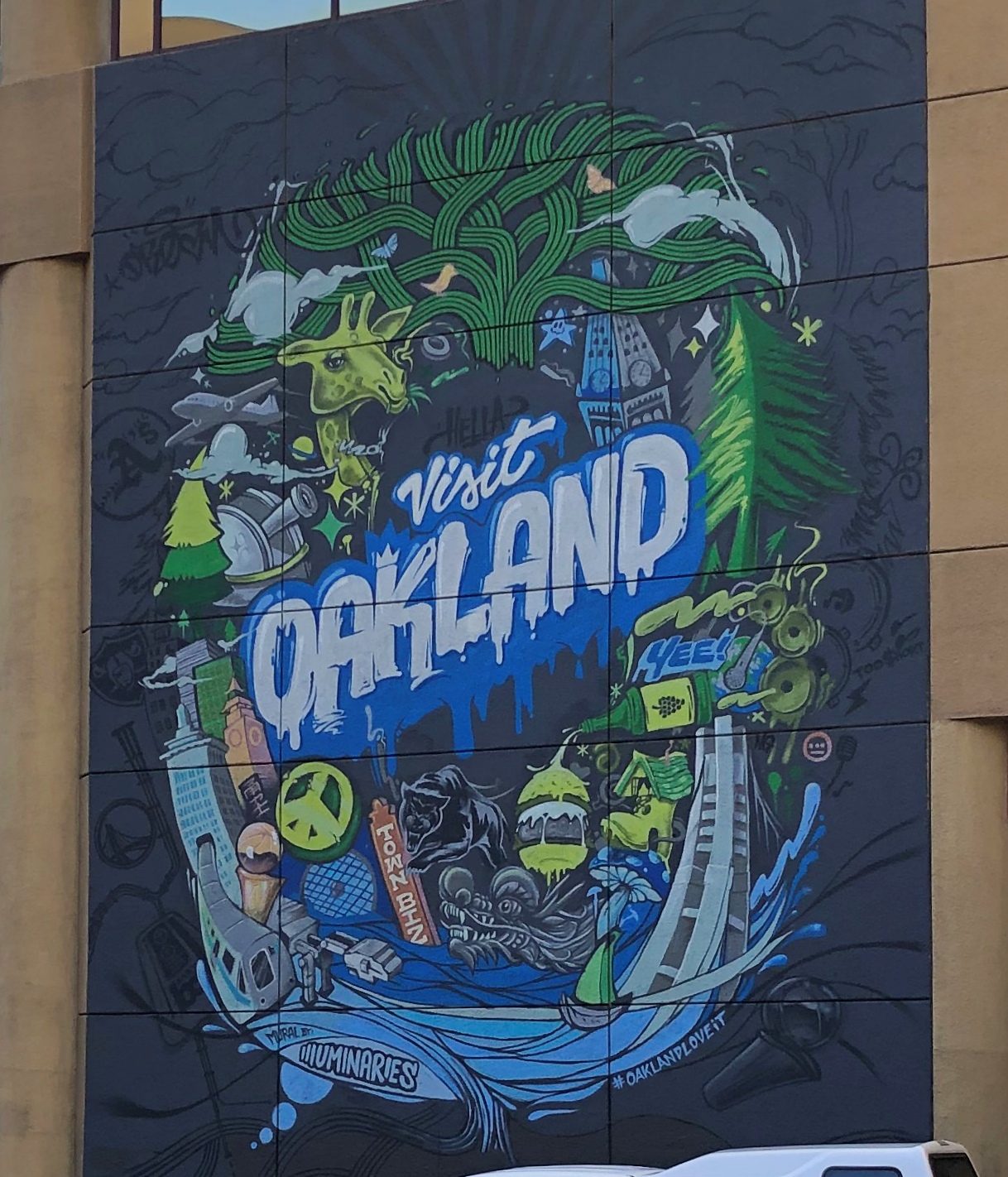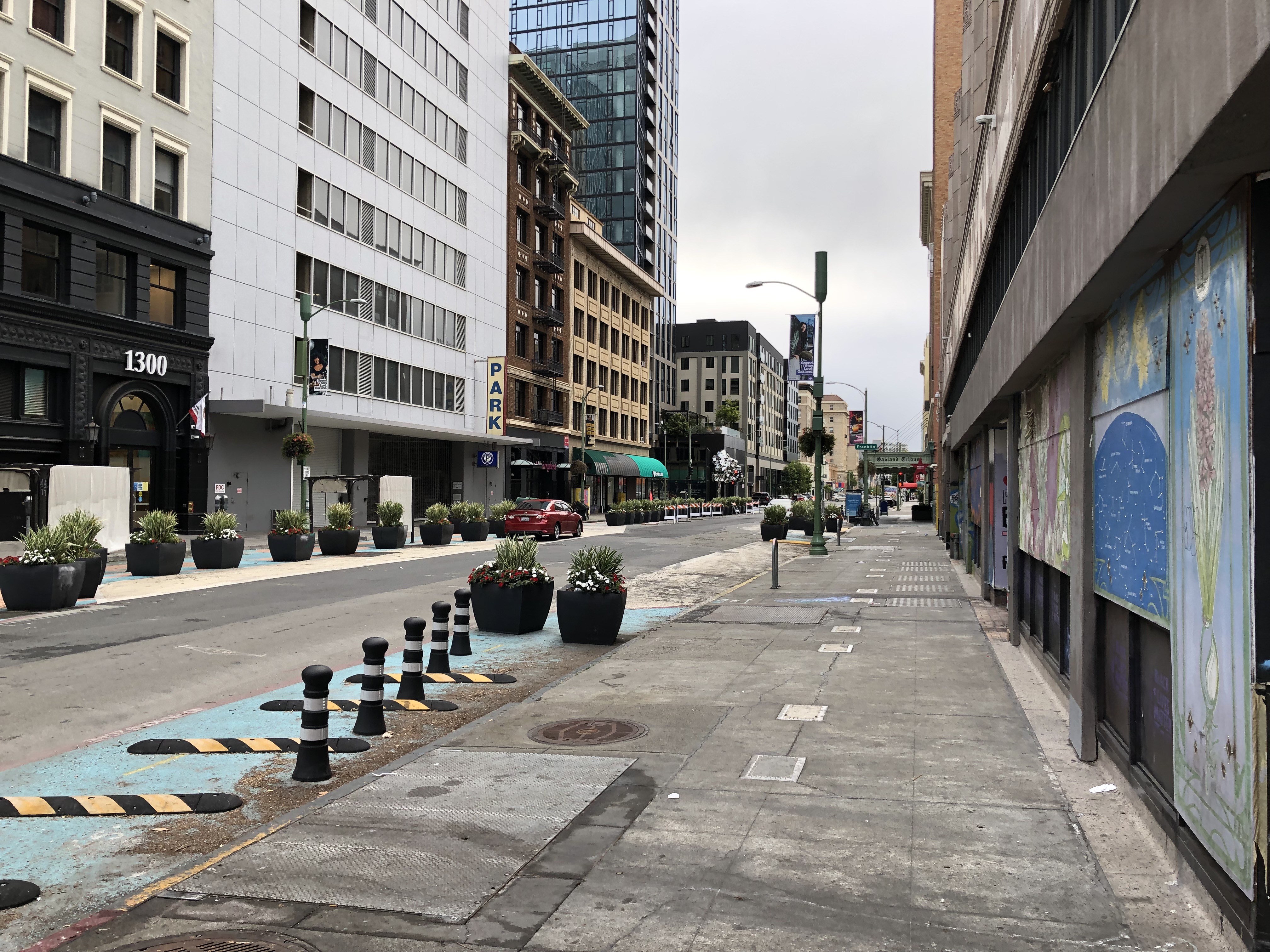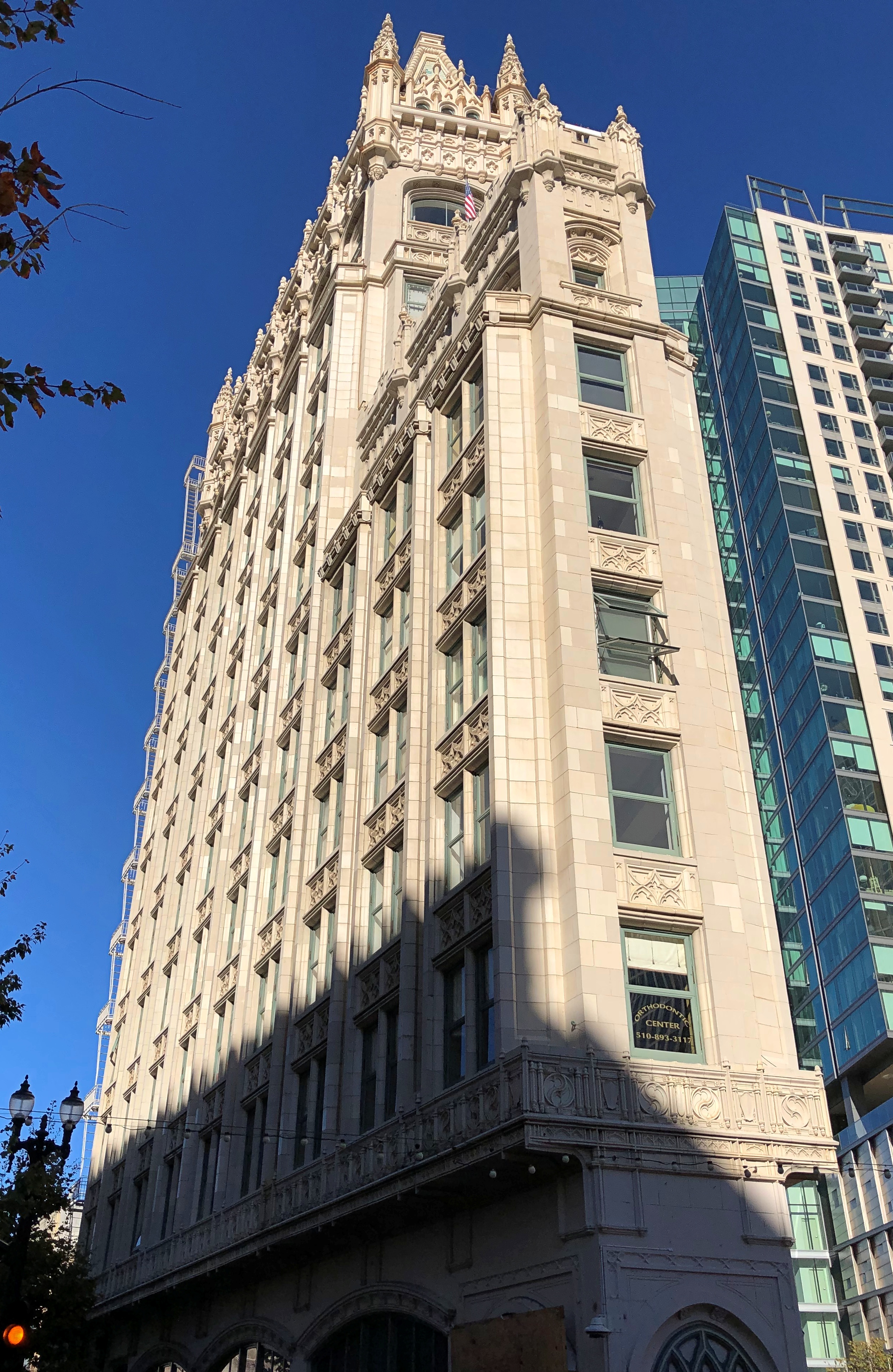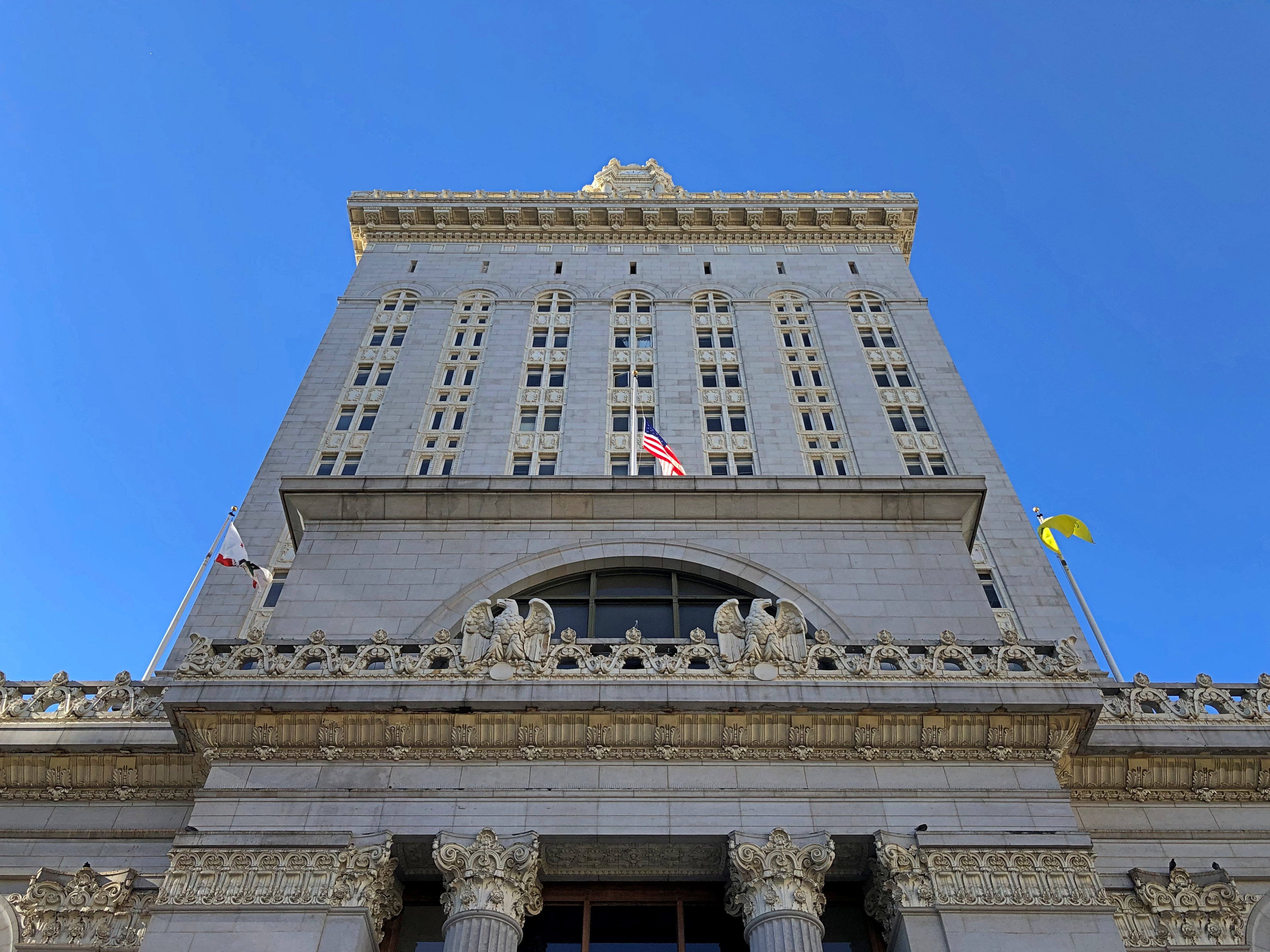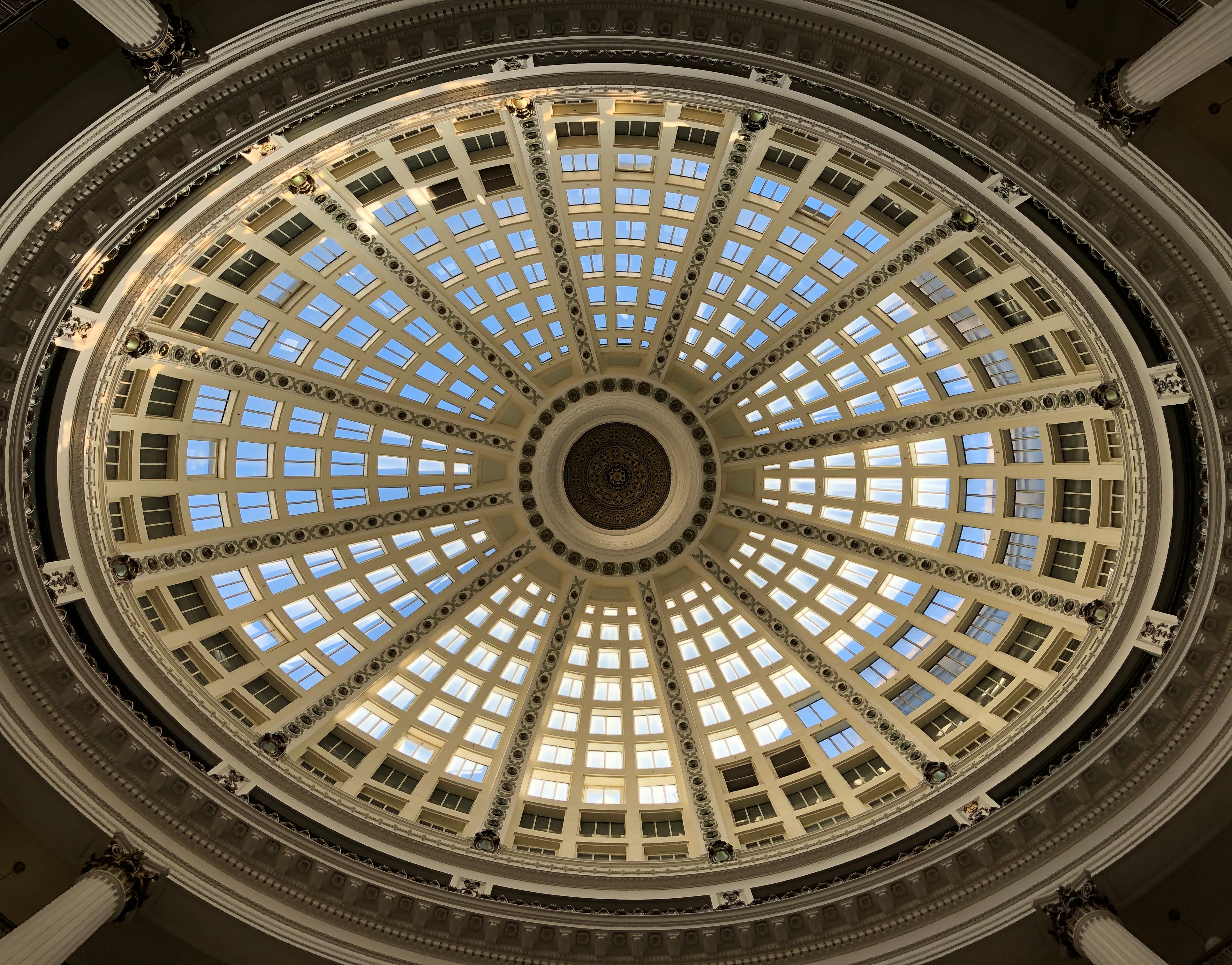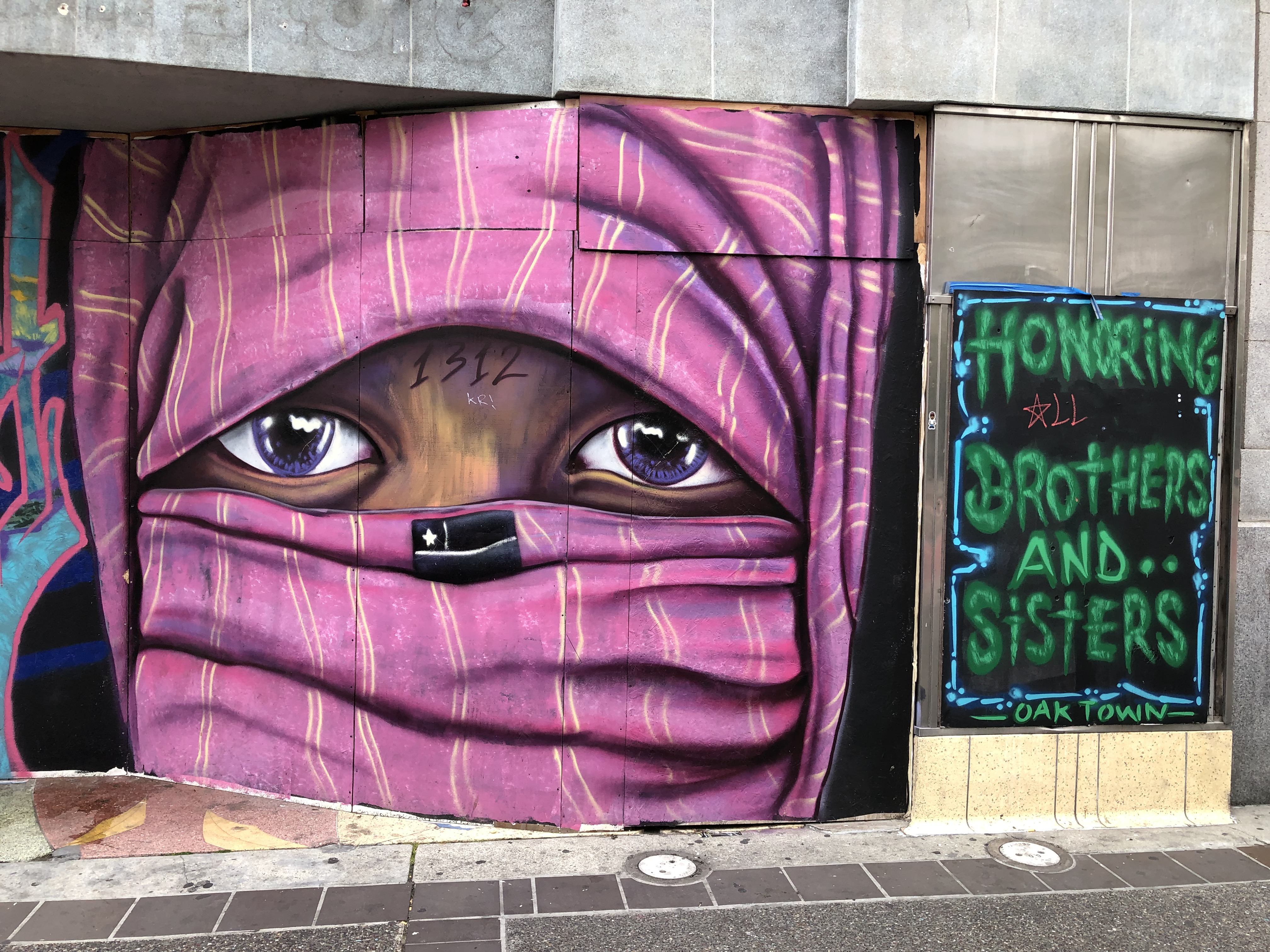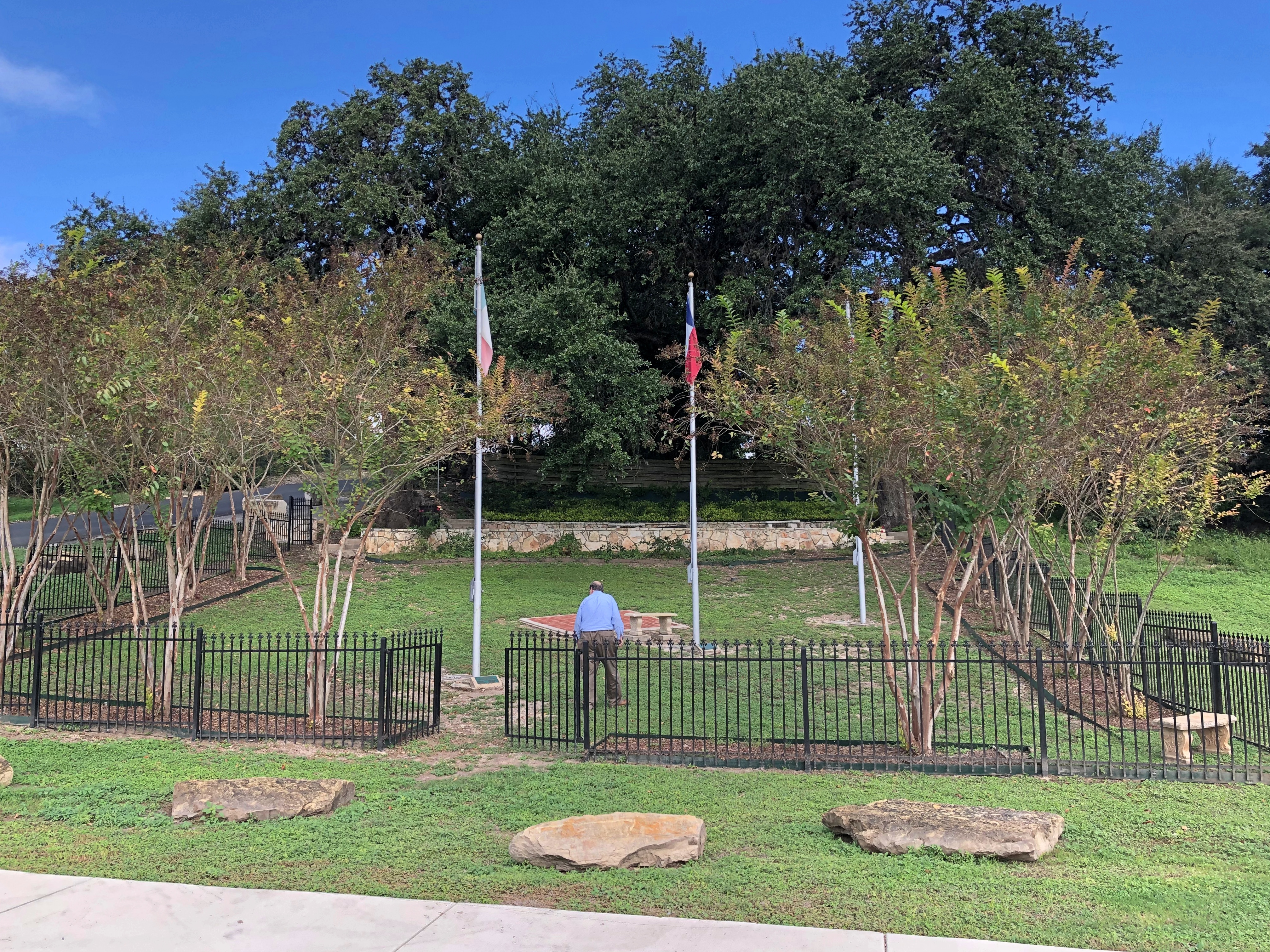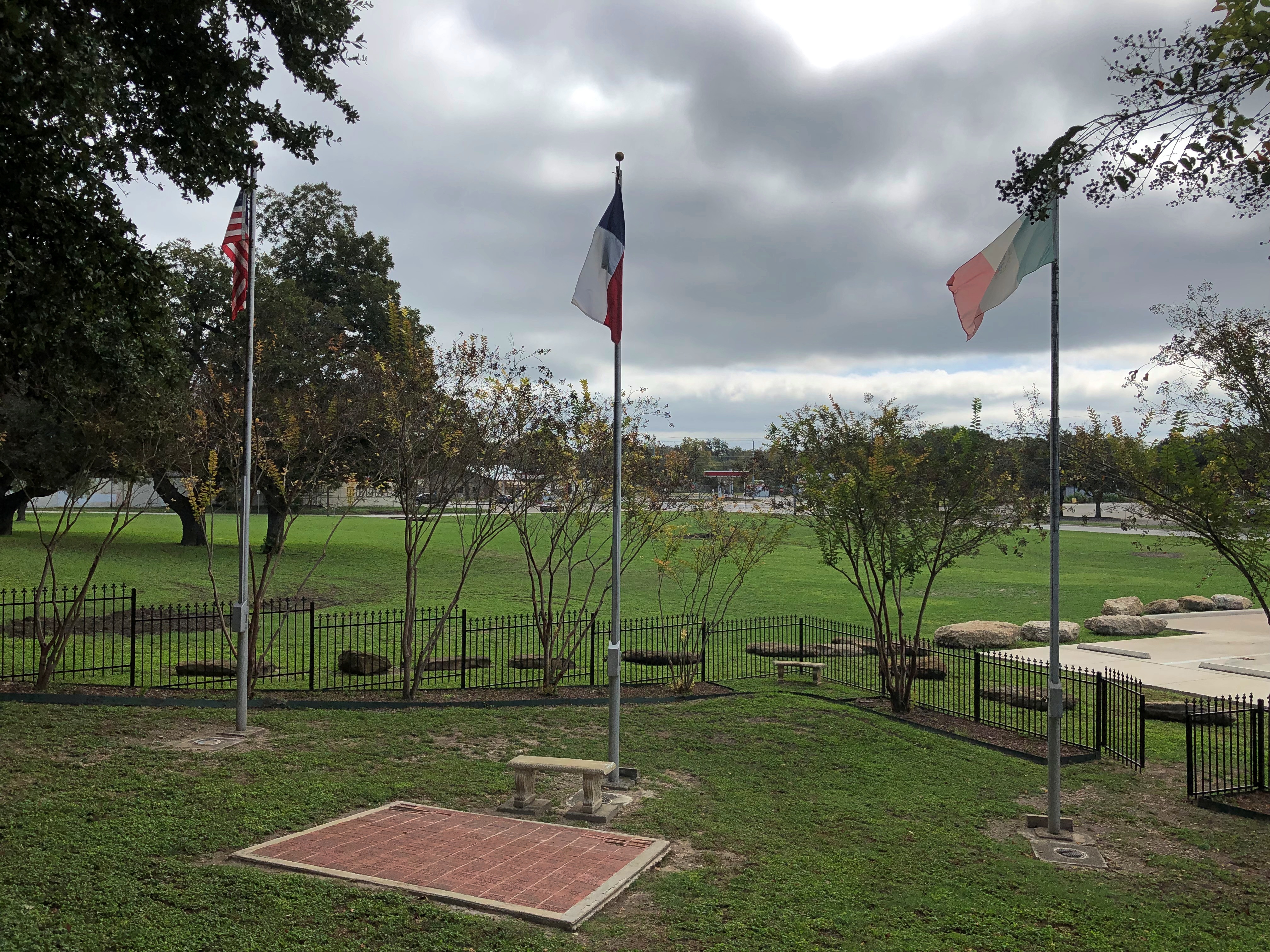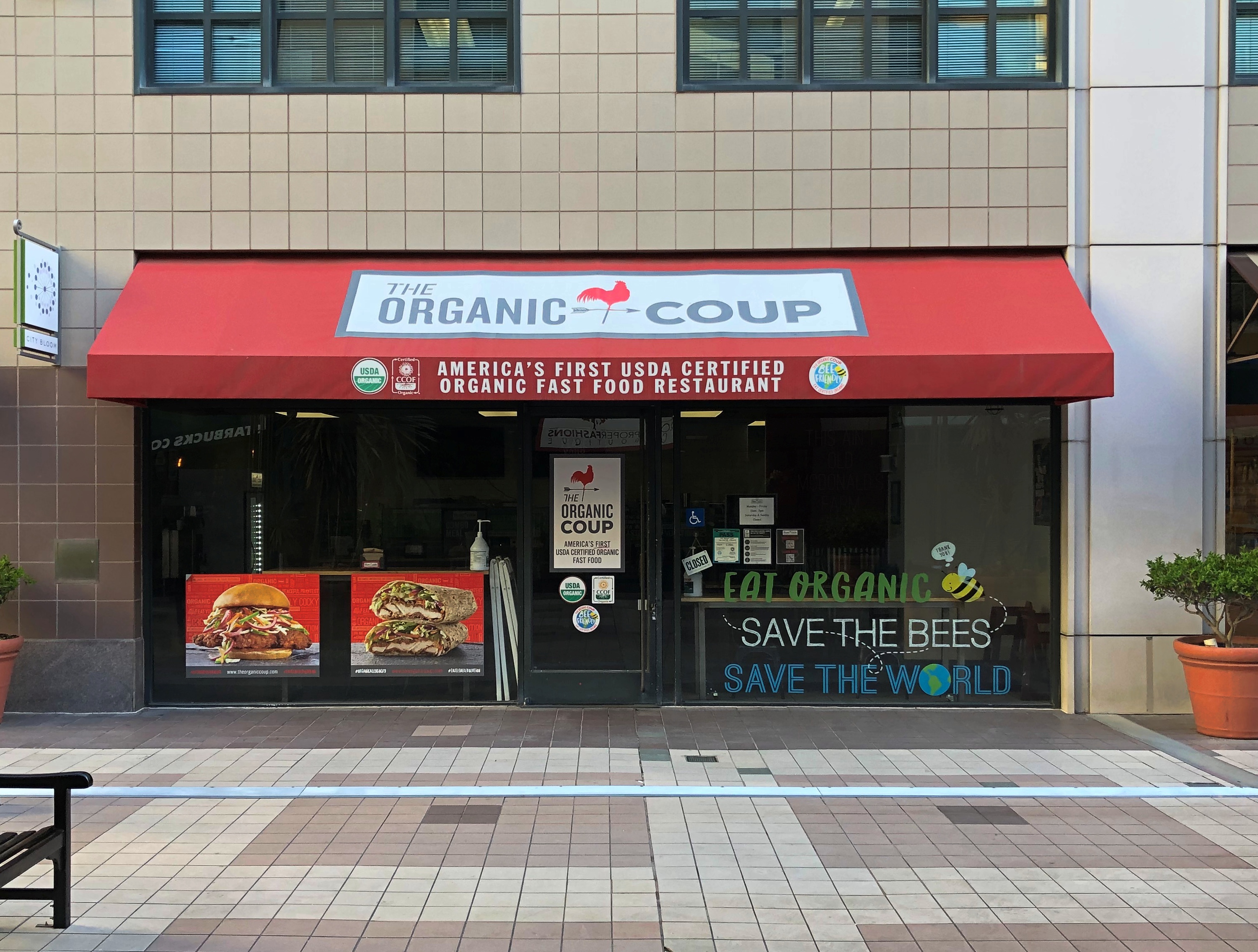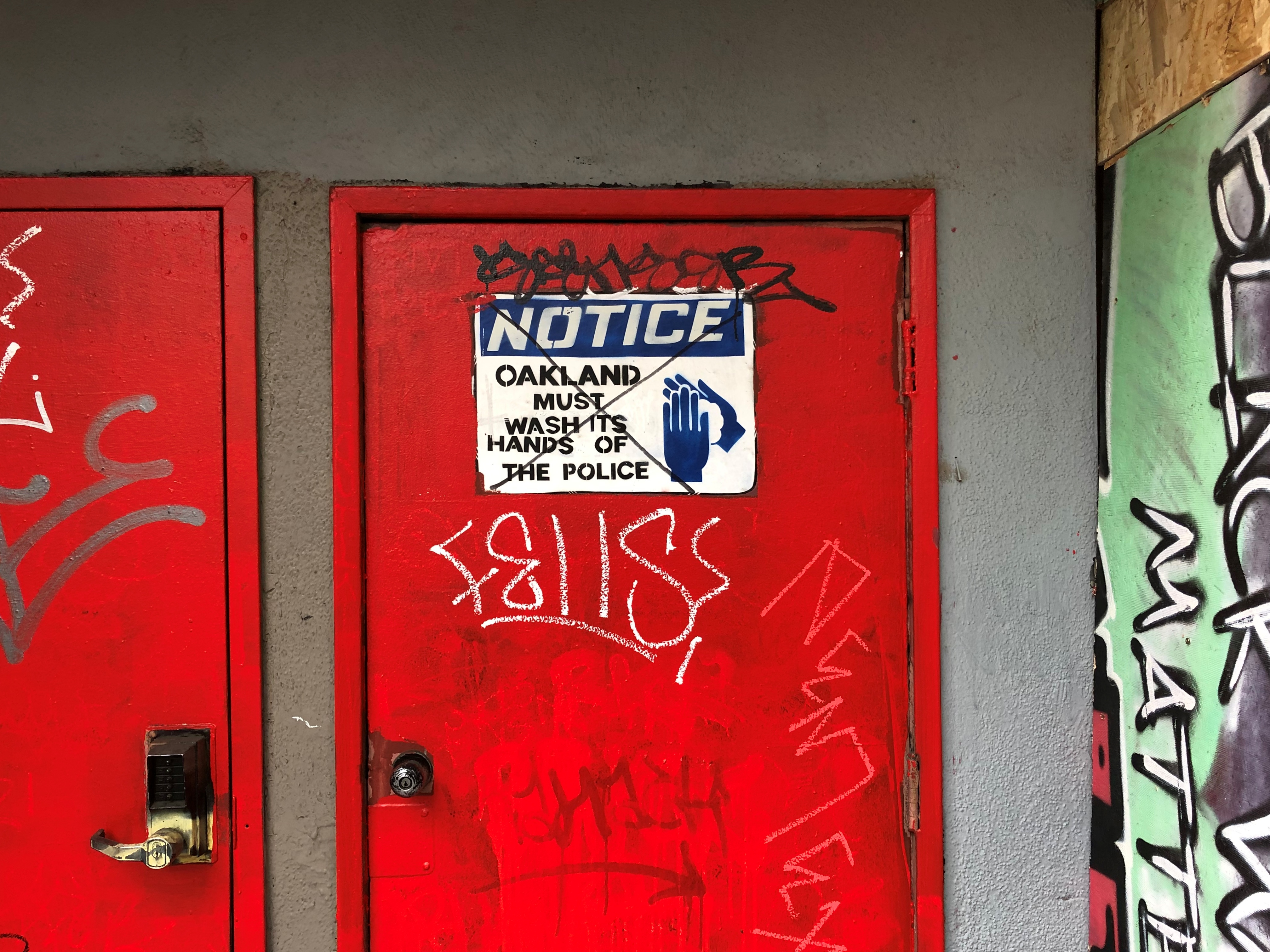What to do on a warm afternoon in San Francisco? On October 29, after leaving the Ferry Building, I spent some time wandering around downtown, which isn’t famed in song and story. It is, on the other hand, much larger than I remembered. Then again, the nine-county Bay Area metro population is about 7.75 million these days, and downtown SF is the main one for the region. Add metro San Jose and it’s even more.
I wasn’t particularly systematic in my downtown walkabout, or I might have sought out Salesforce Tower, for instance. Here’s 101 California St. instead. A Philip Johnson and John Burgee design from 1982.
Bank of America Center (555 California), completed in 1969.

An older structure in the shadow of BoA, nicely restored.

I couldn’t very well miss a shot of the Transamerica Pyramid, albeit at some distance.
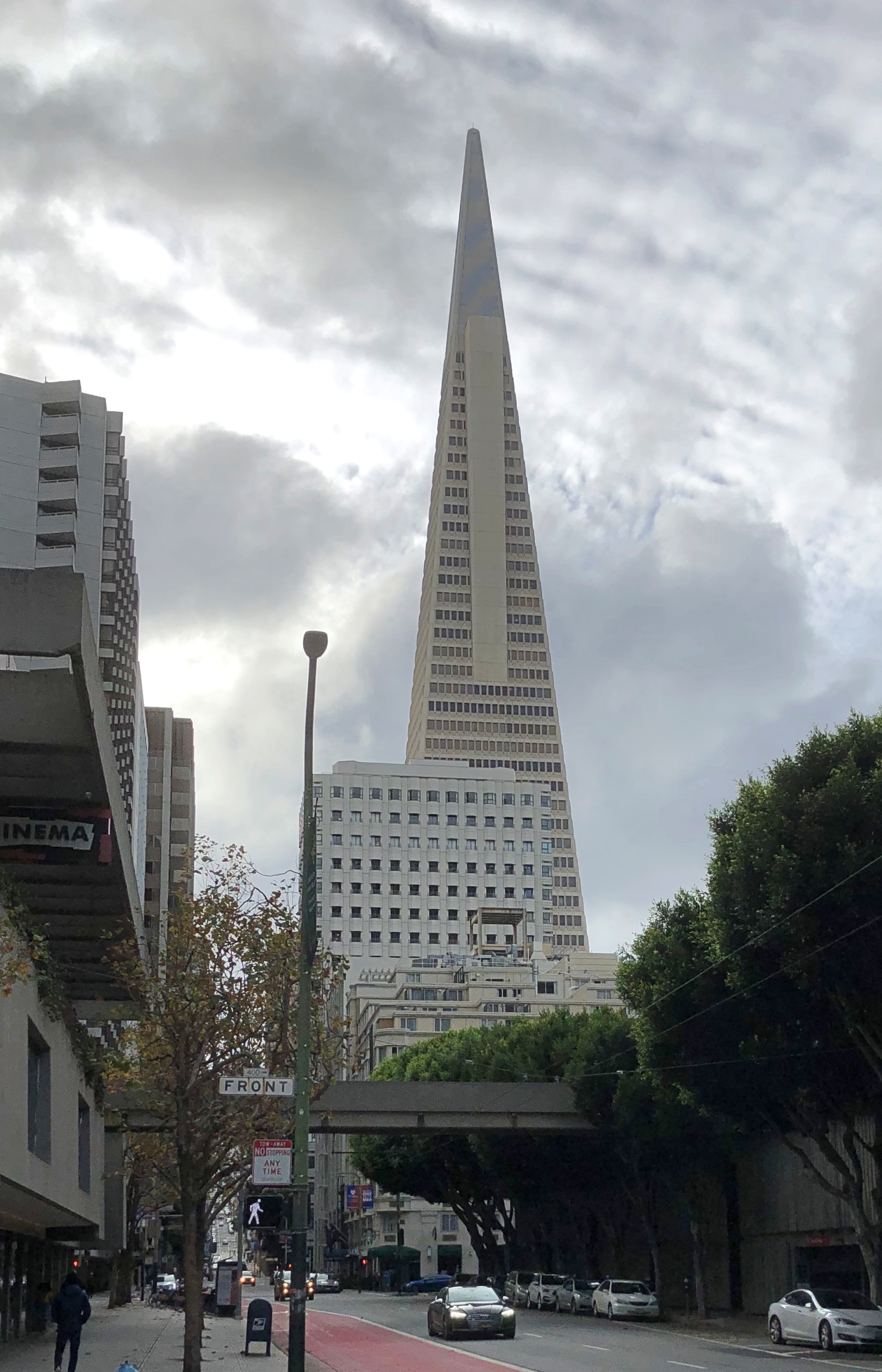
Designed by the unapologetic modernist architect William Pereira, the building was spanking new when my family and I visited San Francisco in 1973, and I regarded it with some fascination at the time. Still do.
I later took the streetcar along the Embarcadero to Fisherman’s Wharf, another place of fond recollections. As tourists, we went there in 1973 and ate at one of the restaurants — Jay had the squid — and in 1990, I stayed a few days at the Fisherman’s Wharf Holiday Inn.
Good to see that the place still attracts people. The sign at Jefferson and Taylor Sts. would have also been fairly new the first time I saw it, since it dates from 1968. It was featured during the jazz montage intro to The Streets of San Francisco, as I recall.
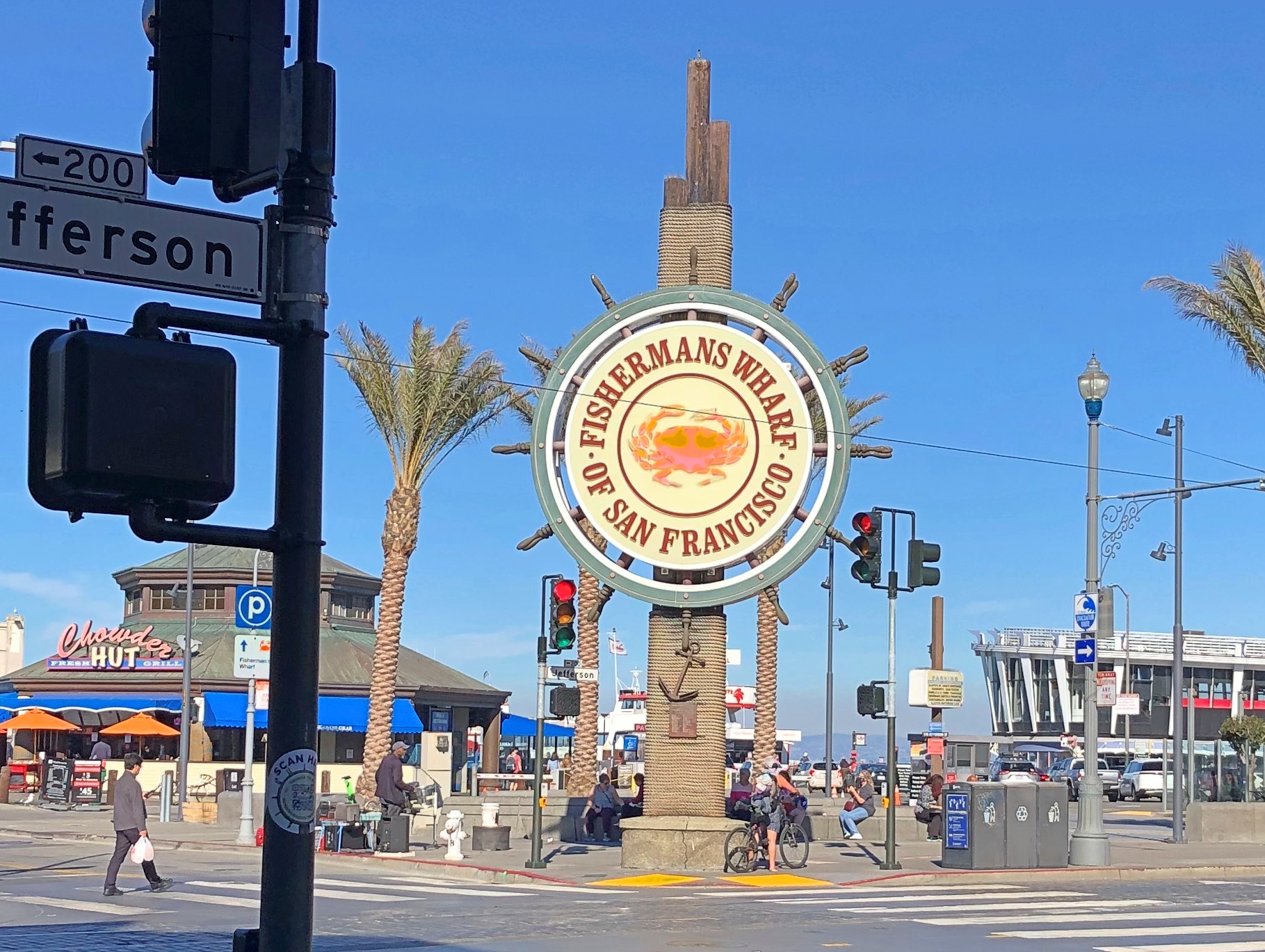
But I didn’t want to spend much time there in 2021, so I decided to climb Russian Hill. Specifically to reach the famed crooked stretch of Lombard St.
That I did. At my age, it wasn’t a steady walk, but walks followed by rests along the way.

Lombard St. attracts tourists too. I understand it’s even busier in the summer.
The scene at the bottom of the famed section, on Leavenworth St., which crosses Lombard at that point.

“The switchbacks design, first suggested by property owner Carl Henry and built in 1922, was intended to reduce the hill’s natural 27 percent grade, which was too steep for most vehicles to climb,” Wiki says.
“As it is one of the most visited tourist attractions in the city, this section of the neighborhood is frequently crowded with tourists. Tourists also frequent the cable car line along Hyde Street, which is lined with many restaurants and shops.”
The switchback street itself is paved in brick.
The rest of the slope is heavily landscaped, with stairs on either side of the switchback.

The road might have been created to help vehicles climb the grade, but in our time Lombard is one way on this block — going down.

I stood watching for a while, and noticed that every other car or so that went down Lombard had someone in the passenger seat taking a video with their phone. So if you are a tourist with a car in SF, this is clearly a thing to do. The city wanted to make tourists pay for the experience, but Gov. Newson said no.
At the top of the block is Hyde St.
A cable car line runs along the street. It stopped at the intersection and people got out.

I didn’t ride any cable cars this time. I did so in ’73 and ’90, but more importantly, it now costs $8. Sure, it’s an expensive system to maintain, but all transit is subsidized — including the roads themselves. Just another example of gouging tourists.
One thing San Francisco cannot charge tourists for are the views, though perhaps some mid-level functionary is working on figuring out how to. The view from Lombard and Hyde, looking over at Telegraph Hill, is wonderful. And free.
I walked down Hyde St. toward the Embarcadero. The view from just over Russian Hill Park is pretty good as well. Been a good year for vistas, I’d say.

More good views closer to the shore, at Aquatic Park.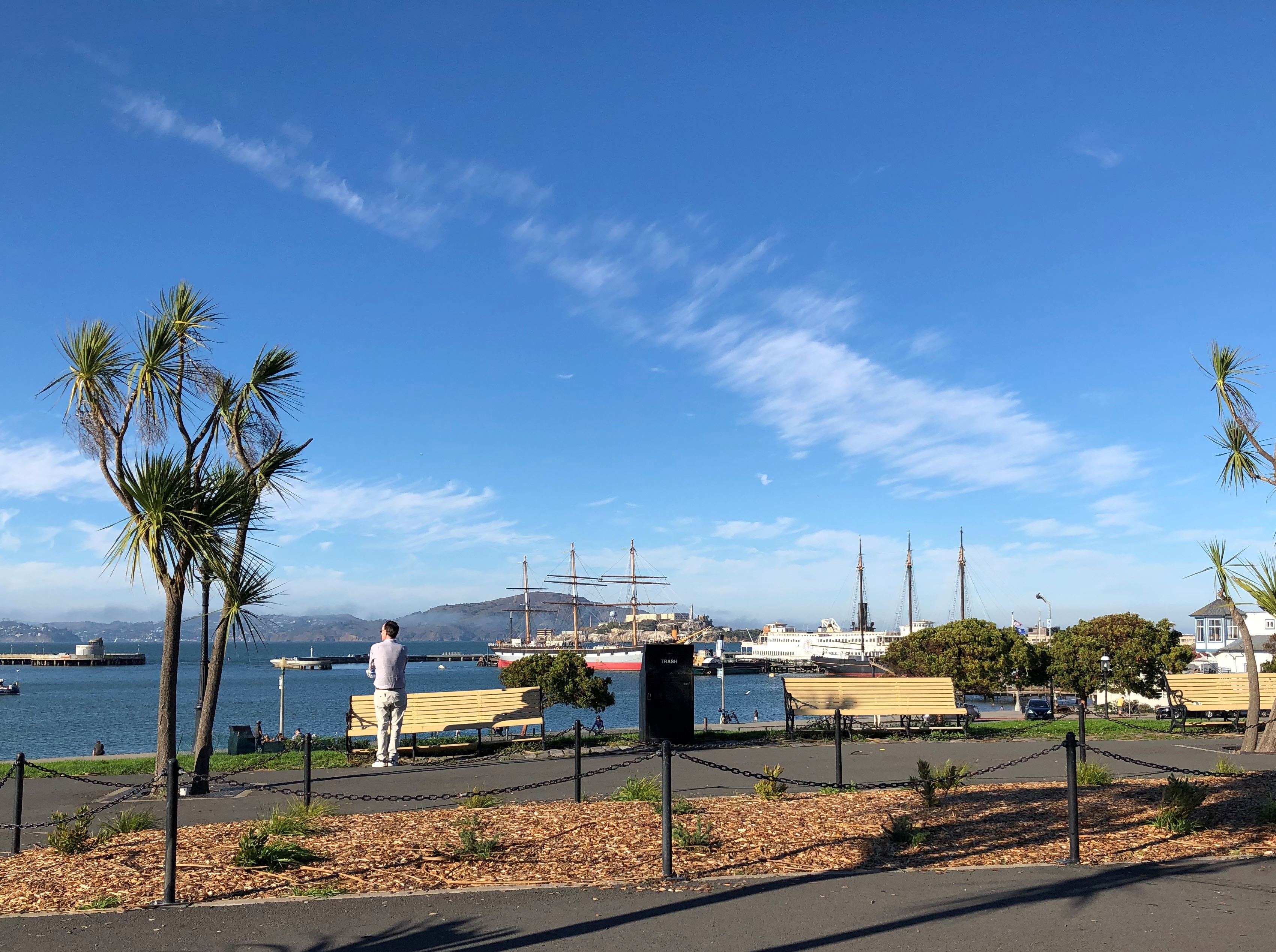

Down on Beach St., I chanced into this space.
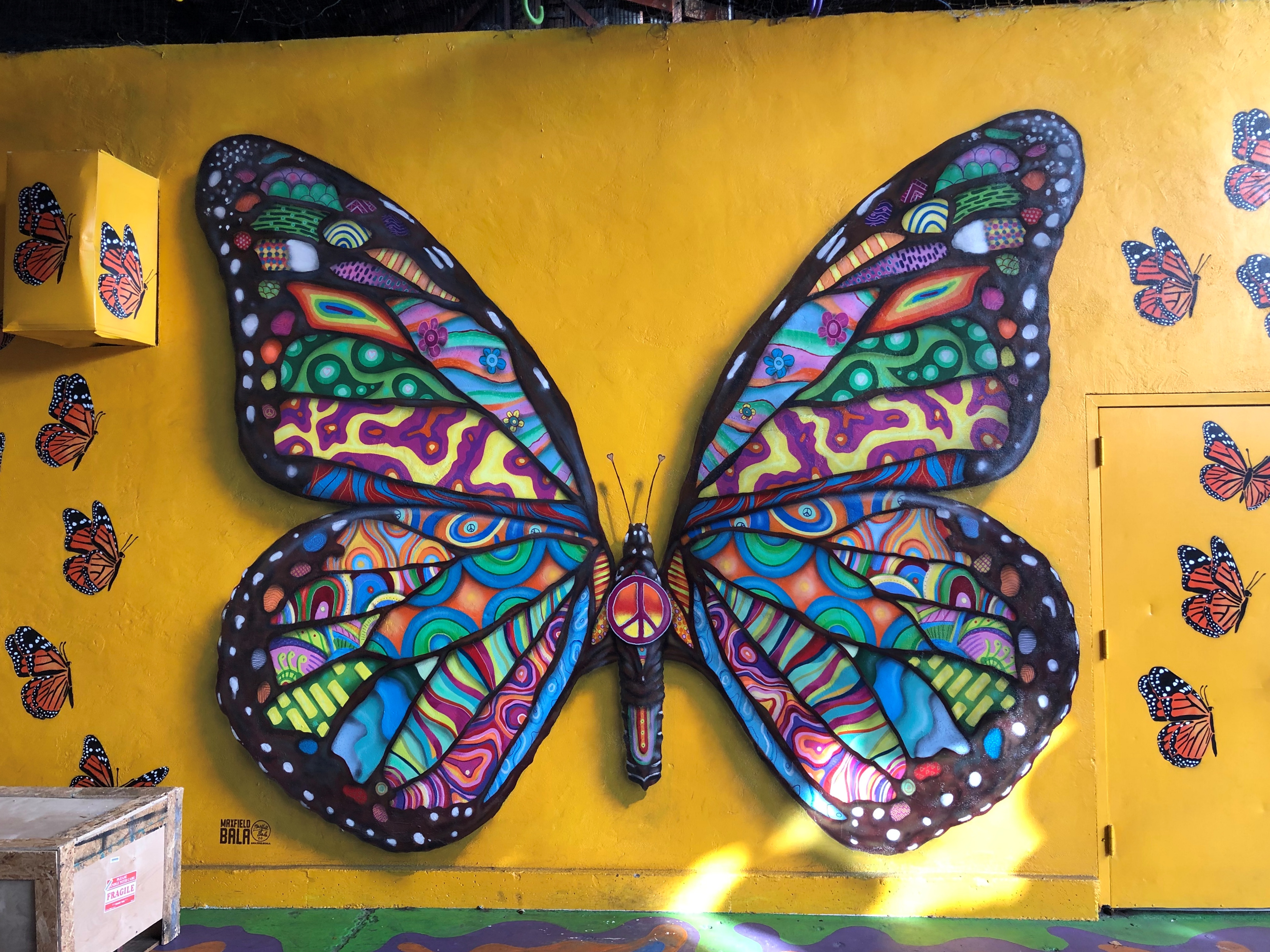
Umbrella Alley. Besides featuring the umbrella installation and murals, the place is the starting point for such sightseeing as guided Segway tours, Jeep tours, electric scooter tours, and Lucky Tuk Tuk Private Group Tours. All very well, but after making a small donation for the art project, I continued on foot.
